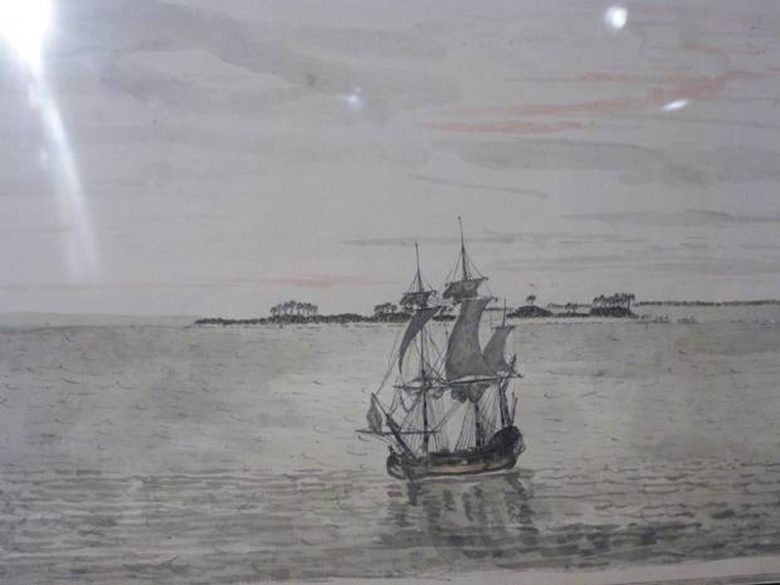Canberra, a Curate’s Egg
In retrospect, to express an opinion of Canberra, Australia’s parliamentary capital city, as we have often had to do since leaving it, one’s view has to look at the city in all of its parts. Like the city itself which has no distinguishable centre and therefore no heart, Canberra is not the sum of its parts, it is the virtue or otherwise of the parts alone. Let me explain.
As you may have probably gathered I try to avoid putting my own views on big issues into the blog, preferring to bring you the facts and let you form your own opinions. So that is what I will try to do over the next few pages, accepting that I do have many thoughts when it comes to the arrival of Europeans and their treatment of the indigenous Aborigines.
Crossing the green coastal belt on the train south west towards the capital we happily ate our lunch, brought to us airplane style by stewards who also pushed nice trolleys like drinks cabinets on wheels. The green urban and suburban areas were soon replaced with sheep stations, wide open spaces and fewer trees. Remember The Thorn Birds, with Richard Chamberlain all those years ago and the house name of the sheep station was Drogheda. Well there are plenty of Drogheda style homes in the rural south east.
The grass became sparse and peregrine falcons hovered above their prey awaiting their opportunity. Wind turbines turned lazily on the limestone plains near Goulburn and frightened sheep ran away from the train as the lady driver took us onwards.
New single storey estates appeared to be built in the middle of nowhere with just the train service their connection to the outside world. Dark green pine plantations in the distance with prettier natural woodland nearby and a deep rocky gorge with a twisted rusty car at the bottom. Queanbeyan I believe has a river that leads to the Tasman and from there we slowly descended to the station on the outskirts of Canberra, in an area like a village complete with a curious grey kangaroo watching us as we came to a stop.
Our Youth Hostel room in Akuna St looked out over a quiet green square and was set up for a double and single bed, the latter tucked underneath the double so we had plenty of room. I had brought tea, coffee and sugar from Zoonie but it stayed in my bag. The ‘City’ area where we were is under development at present. It is dotted with the administrative offices required to run the country, so the hand full of bars and restaurants in the area are designed as much for young professionals winding down after a working day as they are for tourists.
We shopped at Coles, Australia’s Tesco, for breakfasts and evening meals and relaxed in our room listening to our little black tranny and nibbling Arnott’s Monte Carlo cream and chewy jam sandwich biscuits ready for the free bus tour in the morning.
Michael was a breath of fresh air. His free culture bus tour took exactly an hour and he talked for the duration giving us a humorous and light hearted account of his city. 5 million trees planted to create ‘The Bush Capital’ which surrounds the artificial Lake Burley Griffin created by stopping up the Molonglo River. The name of the lake comes from the couple who started designing the city back in 1911, Walter Burley Griffin and Marion Mahony Griffin using various geometrical shapes whose axes aligned with significant landmarks of both the architectural and topographical kind. Their design emphasised and reflected the achievements of the first white Australians, but that is not the impression one gets today. More about that later.
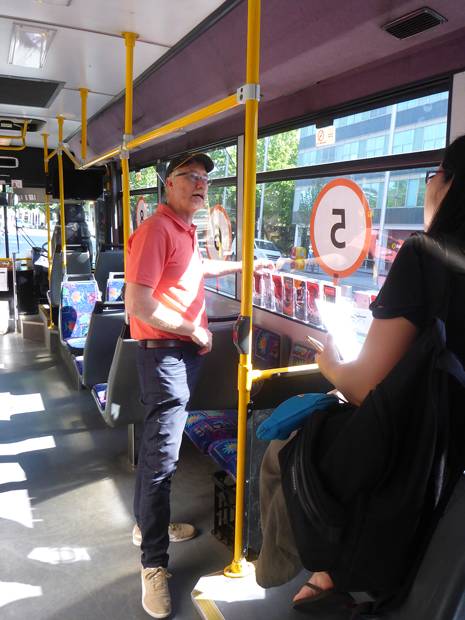
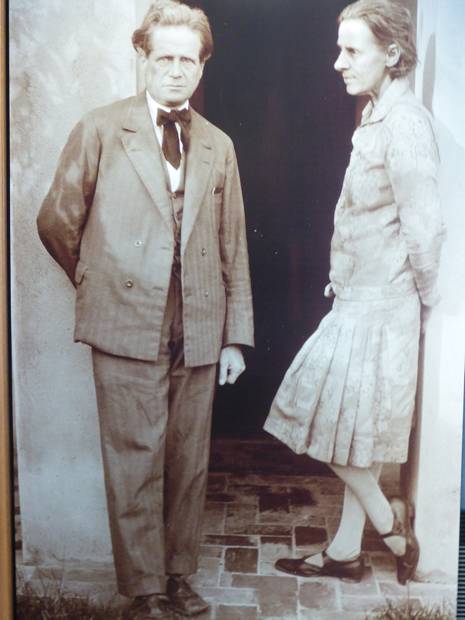
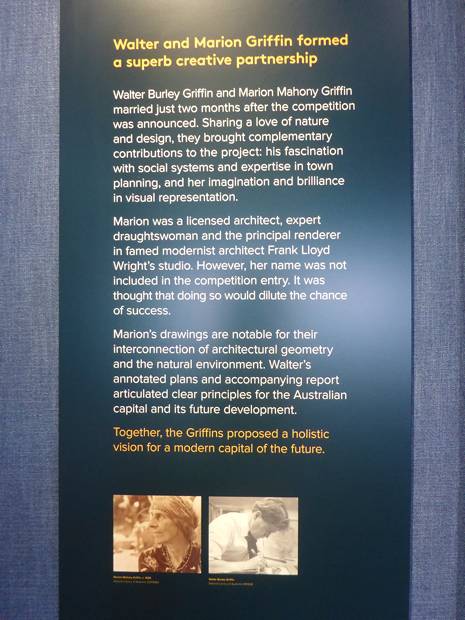
The tour was once conducted with Hop on Hop off buses but at $40 per adult per day this was understandably unpopular. The impression we got was that the city is struggling to attract tourist interest. As Michael said most residents wonder why anyone would want to visit this new city so far from the lovely beaches and historical sites of Australia.
The city was located inland to protect it from risk of invasion, with WW1 looming you can understand that. It was slow to develop because of the two WWs draining the male population and finances. Also, as time progressed the Australian conscience was beginning to realise that without any thought of consultation or discussion with the indigenous clans that lived there the planners had plonked their new city on ancient and sacred Aboriginal meeting places. Public opinion which expressed unease about this had to be listened to and the rights of the original inhabitants acknowledged, a slow painful process which is ongoing.
“Uloo” Michael would say to those getting off the bus. They looked at him sympathetically, “It means goodbye and have a good day in Aborigine!”
“Cook’s fountain runs only from 11.00am to 2.00pm because of all the green algae coming down the river. Aerating the water helps it to grow.” So Cook was dry as we passed by on our second circuit. The photo comes from a different time in our stay. These little buses are great if you’re a little weary and flagging in the heat. Sometimes we’d clamber on for an hour’s rest in a nice air-conditioned, comfy seated moving room.
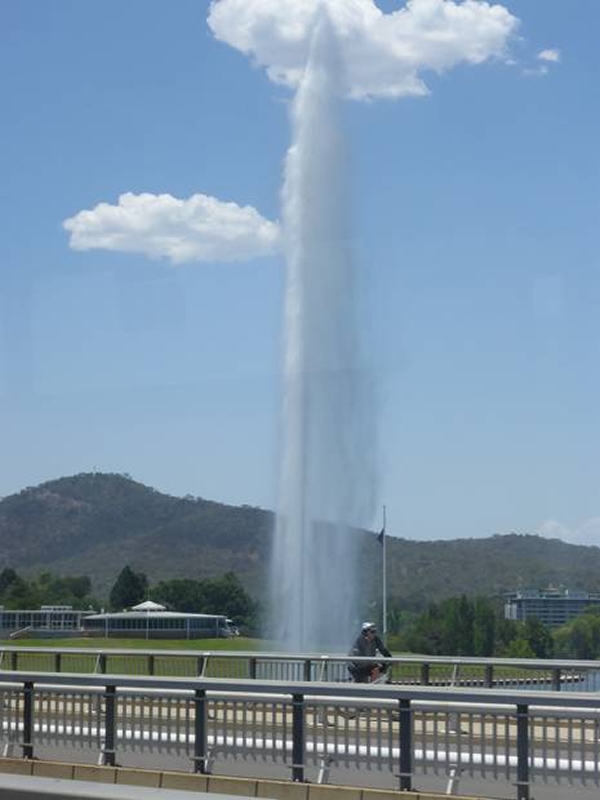
But this time we were on our way to The National Museum of Australia where one of the first exhibits in the main foyer was a Holden Sedan and tear drop caravan. The single lady owner looked after her pride and joy by carefully garaging it after each trip and lovingly laid blankets over it, the result is an immaculate car as perfect as when it left the showroom.
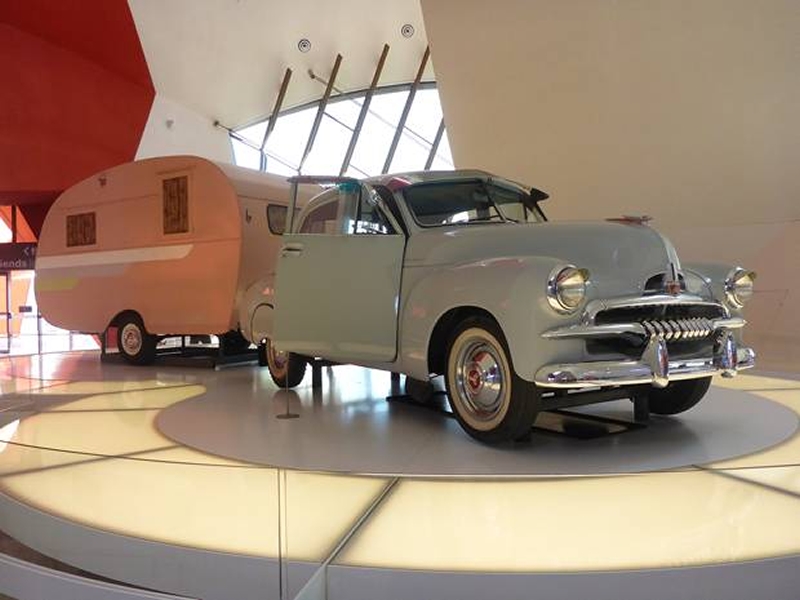
The story of another lady, Muriel Mcphee is told through her beautiful needlework. Born in 1898 on the family’s dairy farm Muriel loved to help her brother with the milking. A picture shows the farmhouse where she lived all her long life. Secretly she met and courted a young man and they became engaged so she borrowed her mother’s Winner sewing machine and started to sew and hand embroider her trousseau, all the garments and linens she would need in her marital home.
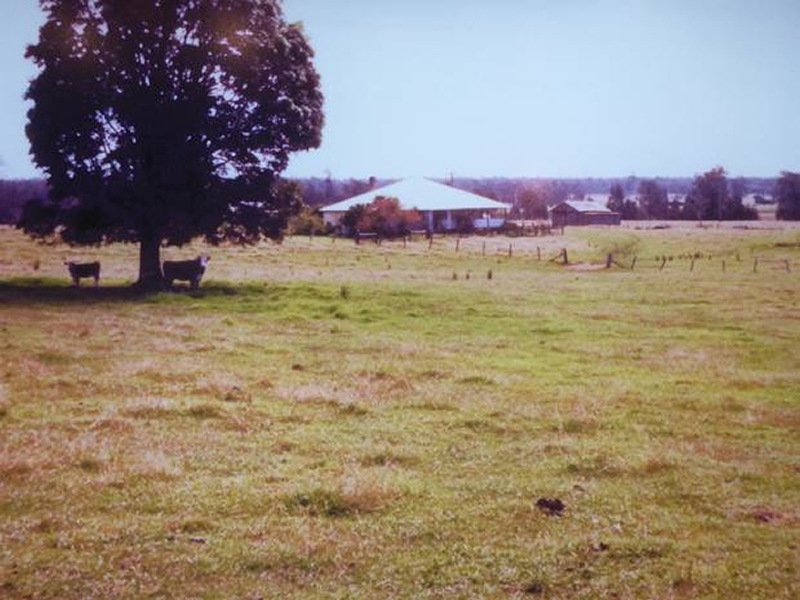
Along with 60,000 other Australian men her soldier fiancé perished on a distant French battlefield and with him died her future as a wife and mother. For the rest of her life she farmed with her brother Bill, (they are pictured together) made all the clothing repairs for the family and created wedding dresses and christening robes for the small population around her.
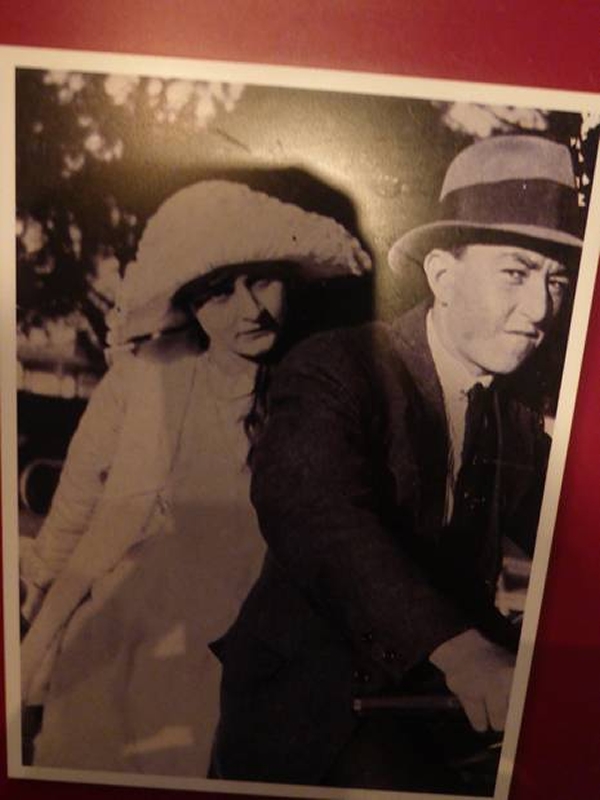
It wasn’t until after her death that her family found her exquisite trousseau secreted away in calico bags all around the farmhouse.
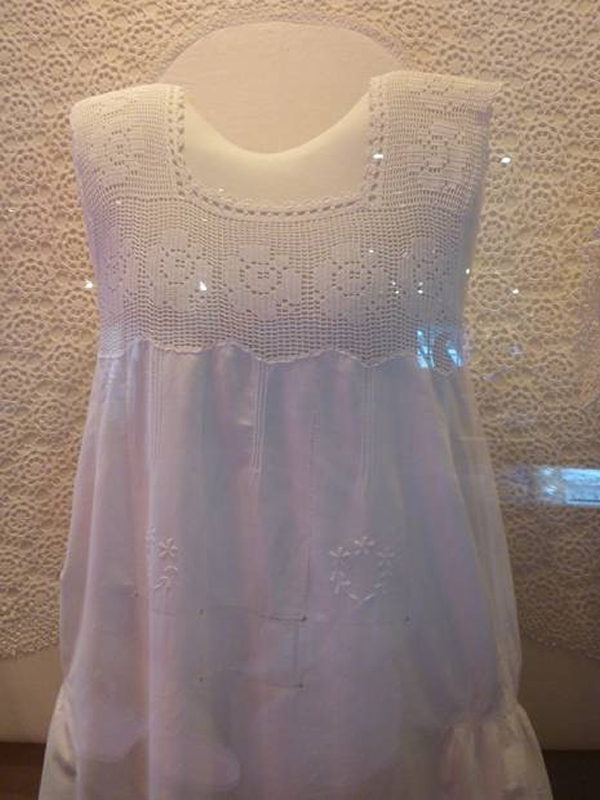
While Michael suggested to one passenger what she should look out for during her next stop she advised him to visit the ‘Bush Mechanics’ exhibition and we were lucky enough to stumble upon it ourselves. You may have heard of it but it was new to us. The plasticine puppets reminded us of our Wallis and Gromit characters, because that is what they become as soon as the animators and cameramen get going on them isn’t it, real characters.
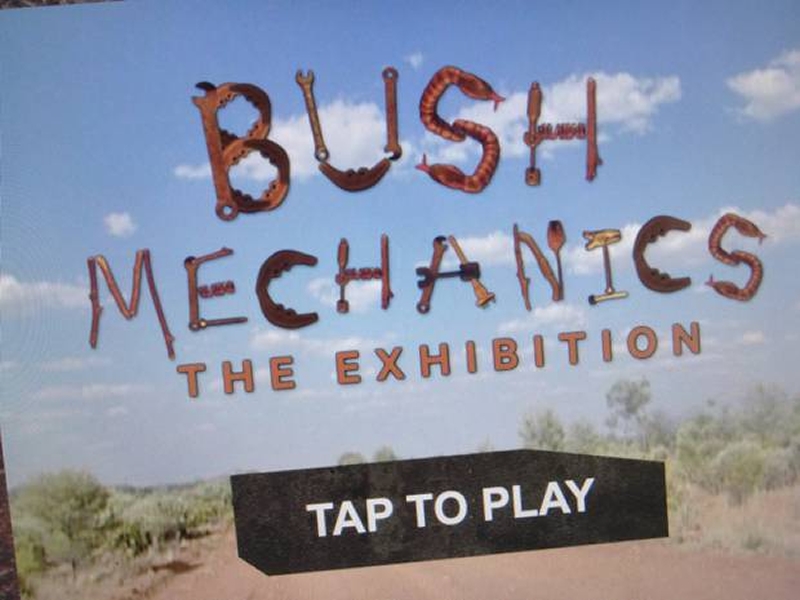
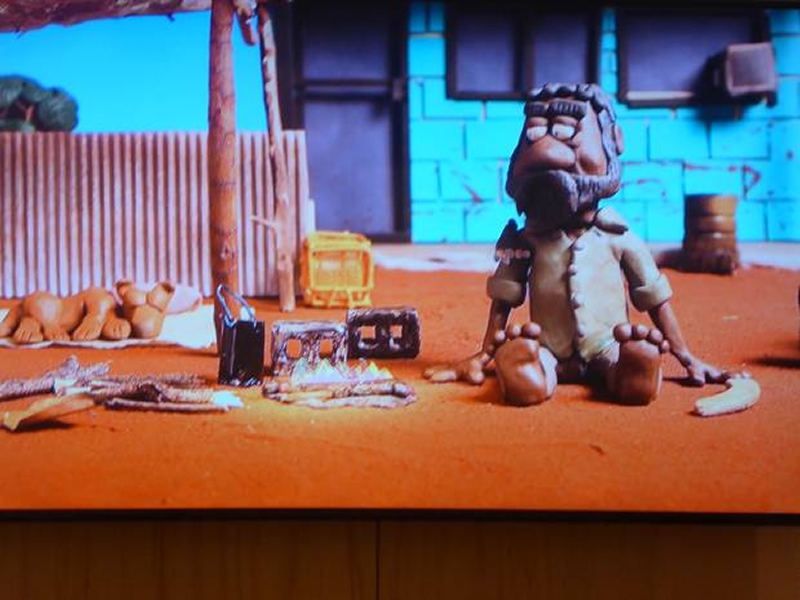
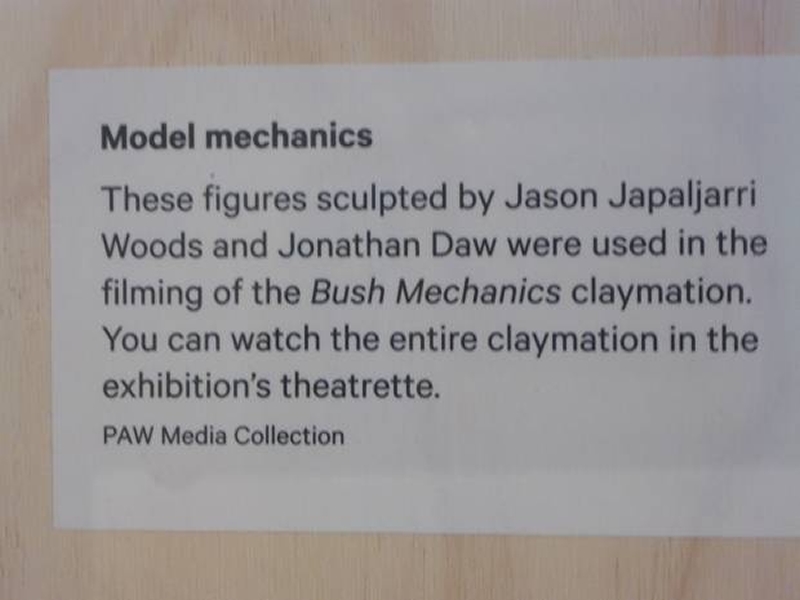
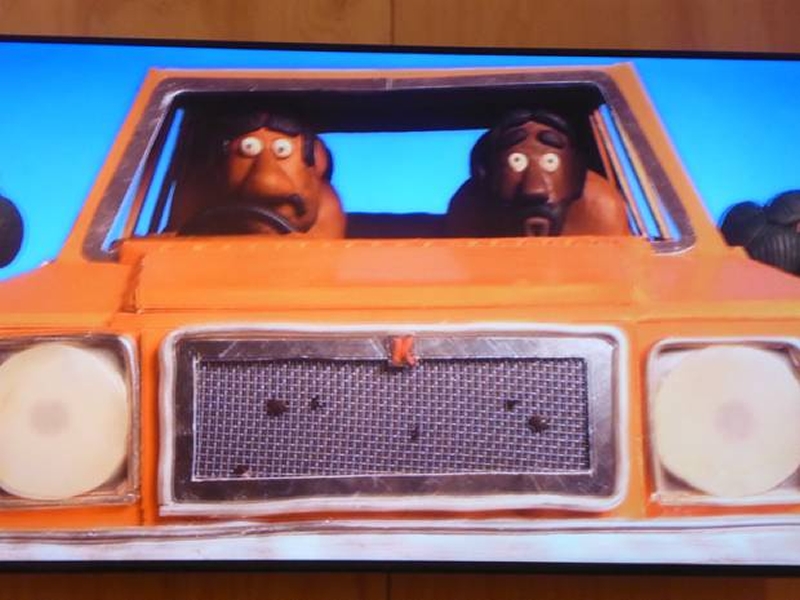
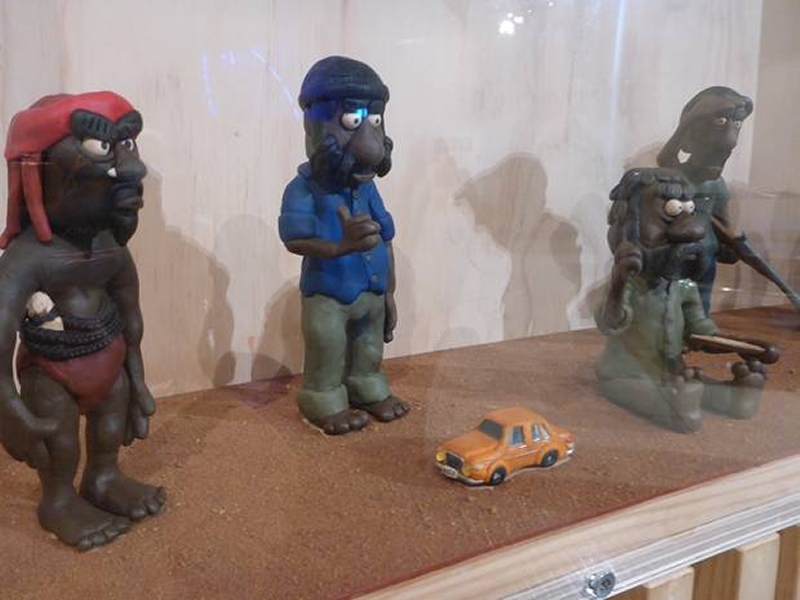
There is a culture in the Aussie Outback of keeping cars going at all costs and by any available means. Punctures repaired by stuffing spinifex (ouch) into the wheel, a dry gear box fed with washing powder and water for example. And these immensely popular series about this group of ne’er do wells and their motoring escapades was part of the Australian pop culture for a number of years. We’re going to see if we can get hold of the series.


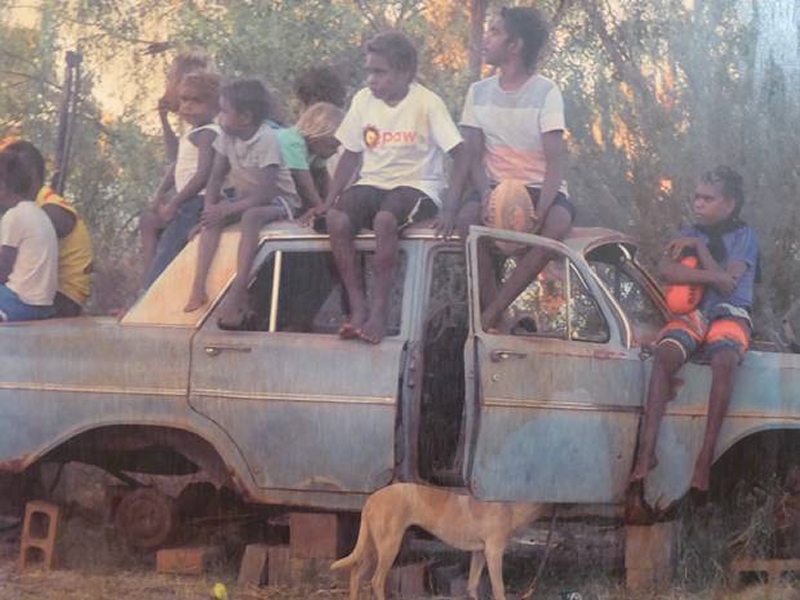
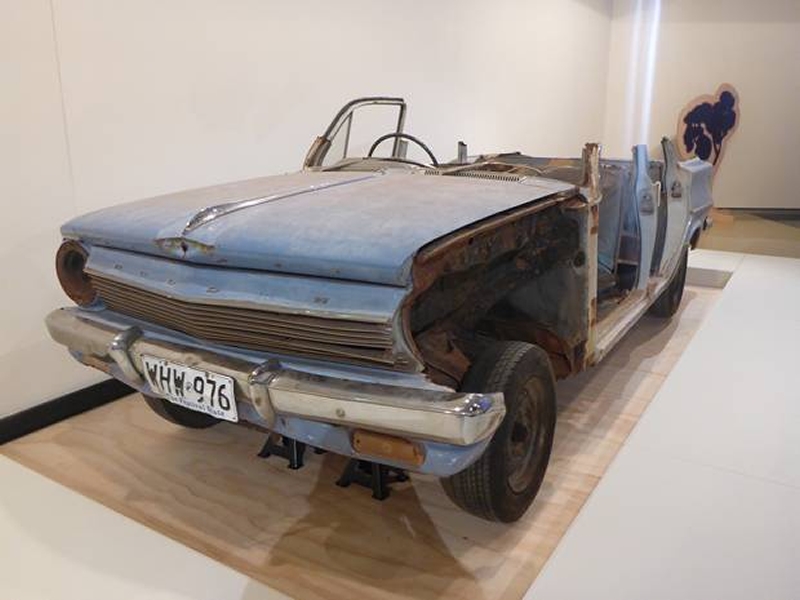
On a more serious note is the beautiful painting on canvas of the Canning Stock Route through the Great Sandy Desert in the north-west. Painted as part of the land title claim which restored Aboriginal land to the rightful owners back in 2007 and 2012. Much land has since been returned but none as yet anywhere near the capital.
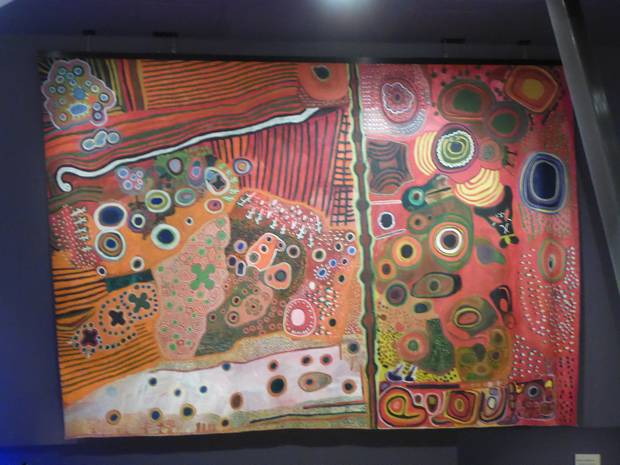

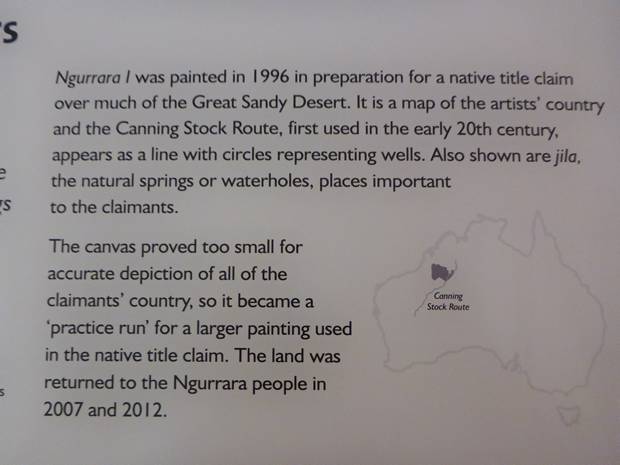
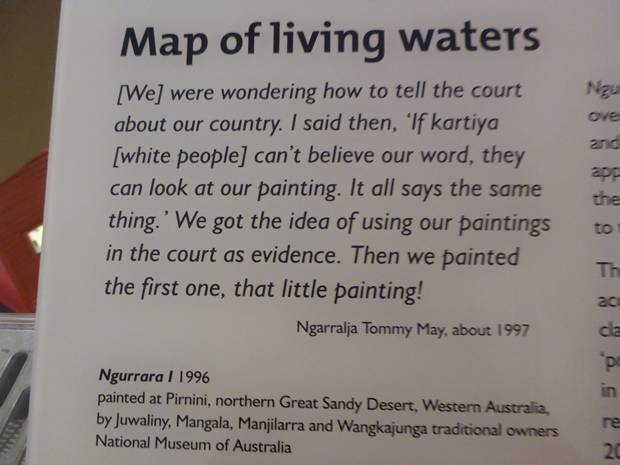
Our next stop brought us into close proximity with one of our explorer giants, a man who opened up the south pacific by closing the lines on existing charts around New Zealand and Australia. You know who!
Cook’s Endeavours
We could hardly believe our good fortune when we arrived in Canberra to discover the Cook Exhibition at the National Library Building which was due to close a few days after we would be leaving. Years before my researches told me that one of Cook’s voyage journals of his three voyages was in the basement to the library and could be viewed once a month by appointment, so I didn’t hold out much hope for us being able to see it. However, as you can see the library was holding a major exhibition of original documents and artefacts from his voyages gathered not only from London but also from museums in Sydney and Melbourne.
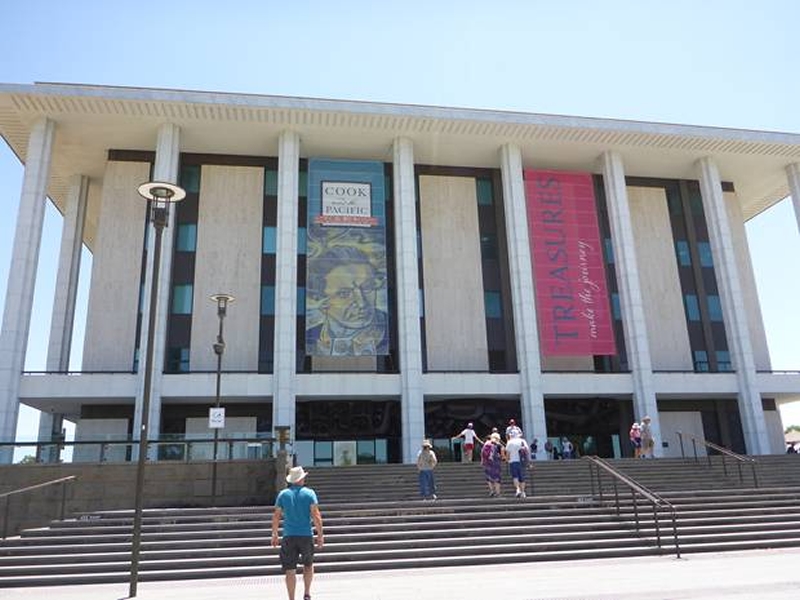
There was no objection to our photographing the exhibits and I had a field day, with only some of them shown here on the blog. What I have tried to do is convey the way Cook completed the charting of New Zealand and much of the east coast of Australia, by first showing the Dutch mapmaker, Joan Blaeu’s magnificent chart of 1659 which shows even a tiny part of Tasmania and ending with the General chart of Cook’s discoveries and routes of his three voyages, clearly showing one of his major discoveries that New Zealand comprised only two separate islands but curiously showing Tasmania joined to the Australian mainland.
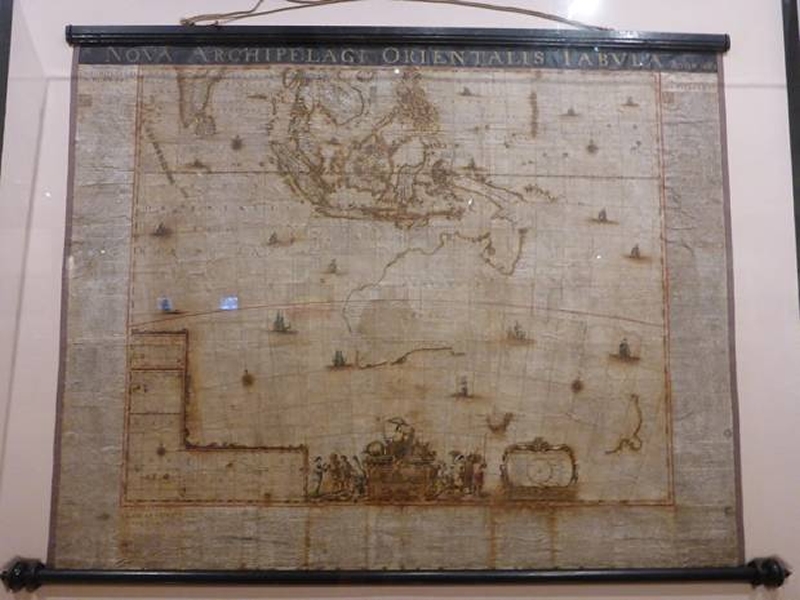
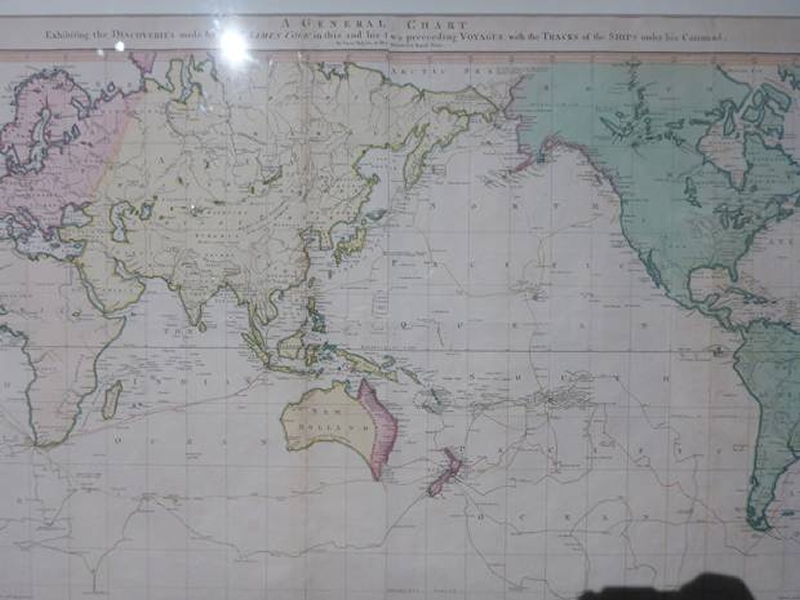
During the second of Lincolnshire born Matthew Flinders’ three voyages to Australia, which he re-named from New Holland, both he and George Bass in 1798 confirmed that Tasmania is an island, previously known as Van Diemen’s Land.
It was a special experience to see Cook’s navigational equipment, some of which he adapted from the terrestrial use, like the hinged plane table frame designed to hold paper steady on a wooden base so maps could be drawn accurately using the 0 to 360’ markings on the face of the frame.
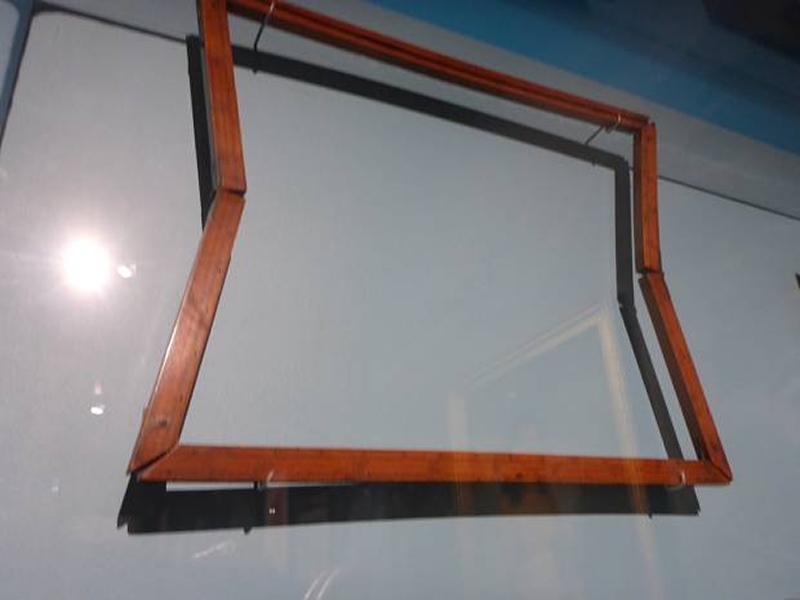
I could imagine him with some of his officers having set up their instruments on a freshly discovered headland, using the wooden box of brass surveying instruments or with Charles Green, his astronomer in 1769 at Point Venus on Tahiti to record the transit of Venus and thus measure its distance from the earth with profound consequences for astronomy. Do you remember, we went on a little pilgrimage to that same spot while on our tour of Tahiti?
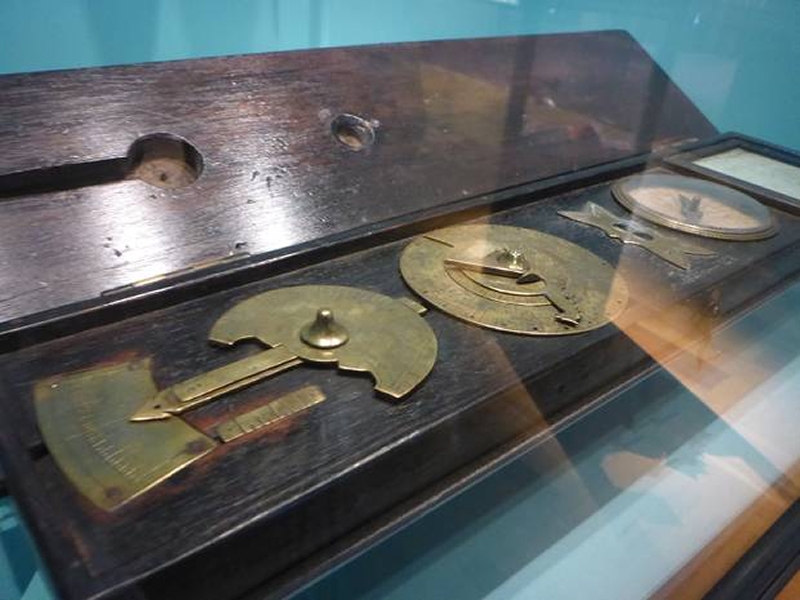
I knew that Australia had bought Cook’s log of his first voyage from 1768 to 1771 but for this exhibition both the other two logs of his subsequent voyages were on loan from the British Library in London.
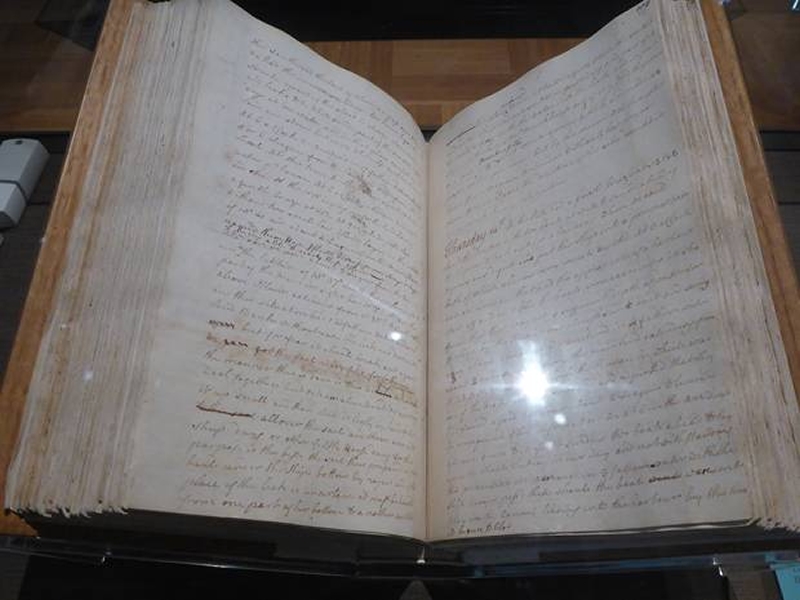

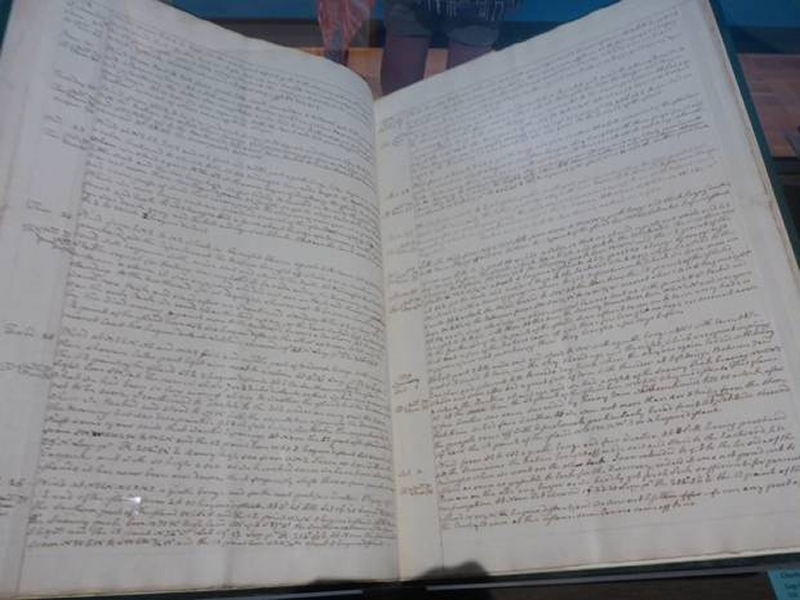
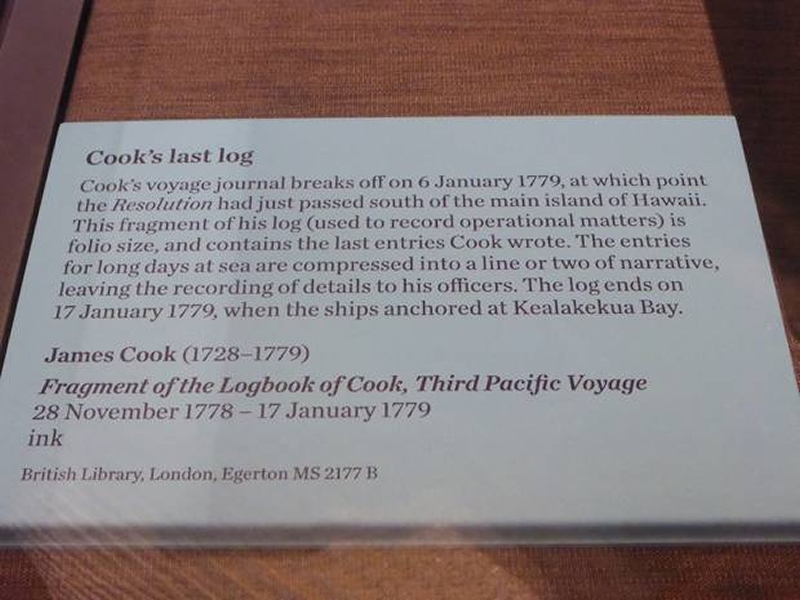
I have shown the first and last journals and it is poignant to note that the final entry on the right hand side of the last journal were the last words he wrote just before he was killed.
I have also included the work of others around Cook at the time, the Master’s Log with its writing on the left and bold diagrams on the right and the exquisite painting of the Rainbow Lorikeet by Moses Griffith to show that Cook was surrounded by genius which he readily accepted and encouraged.
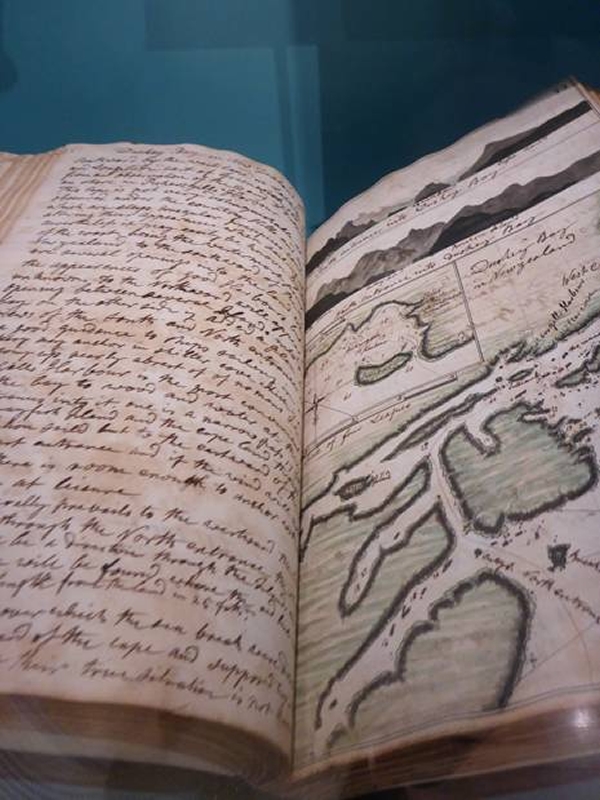
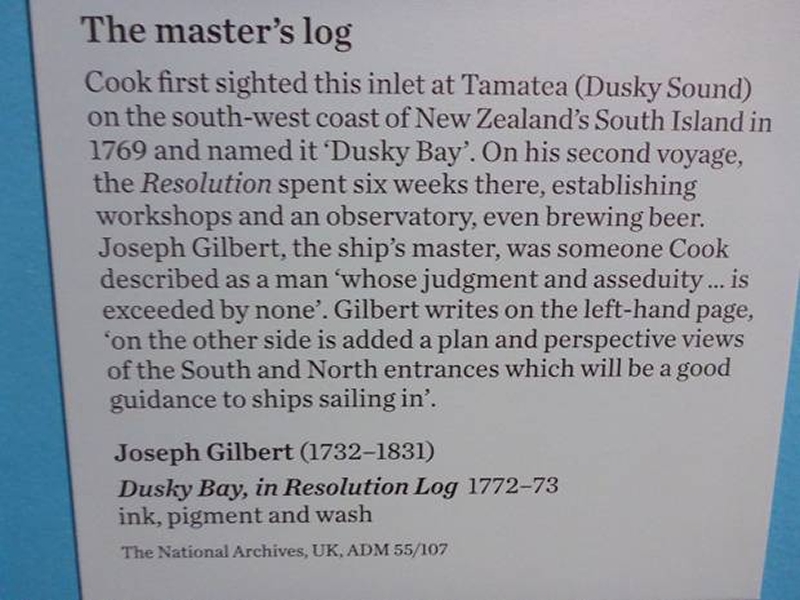
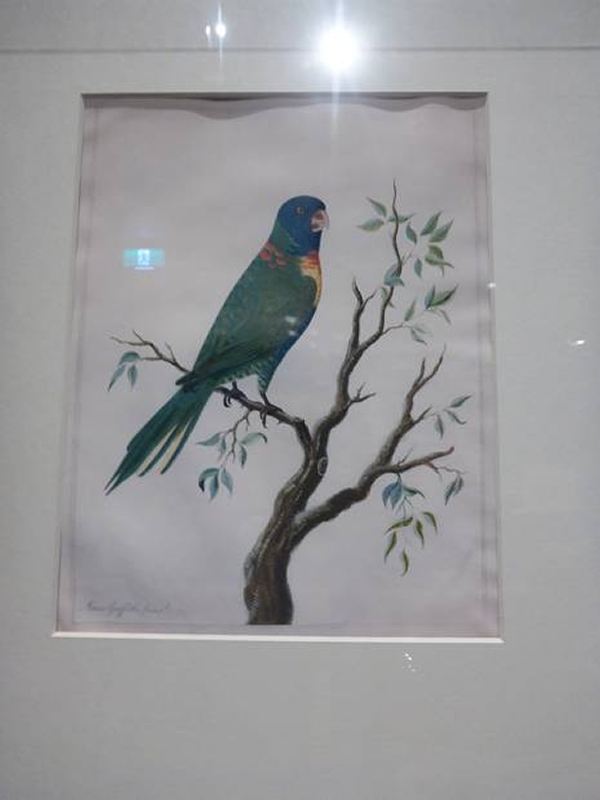
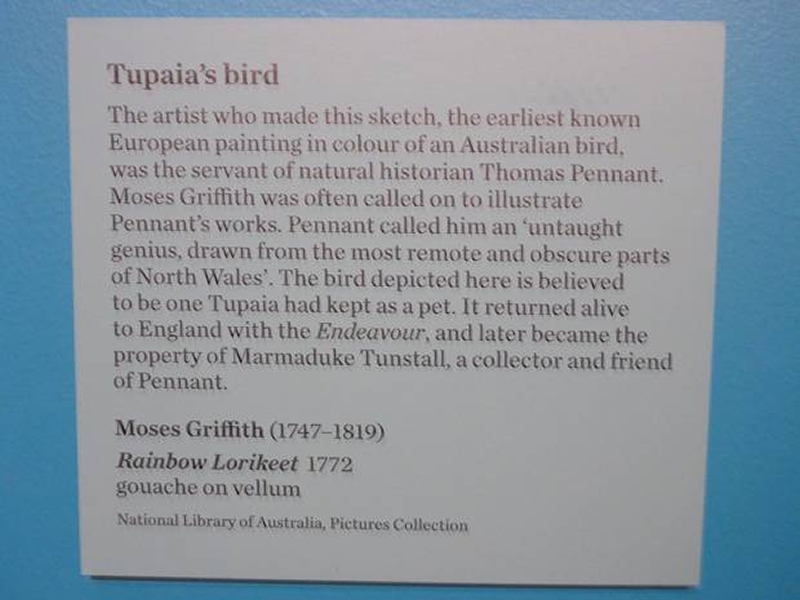
This genius was not only on board Cook’s ship nor restricted to his time. He was fascinated to learn how the Marshallese islanders, for example, had their own sophisticated navigation methods which used no instruments. I liked the chart of the Pacific islands marked with little cowrie shells on tied bamboo sticks which they memorised rather than risked taking it to sea. We also use some of their methods by way of a diversion when we spot islands by the clouds forming above them long before we see land. But navigating by the wave patterns and ocean currents is an amazing skill attained by learning from ones elders and from practice.
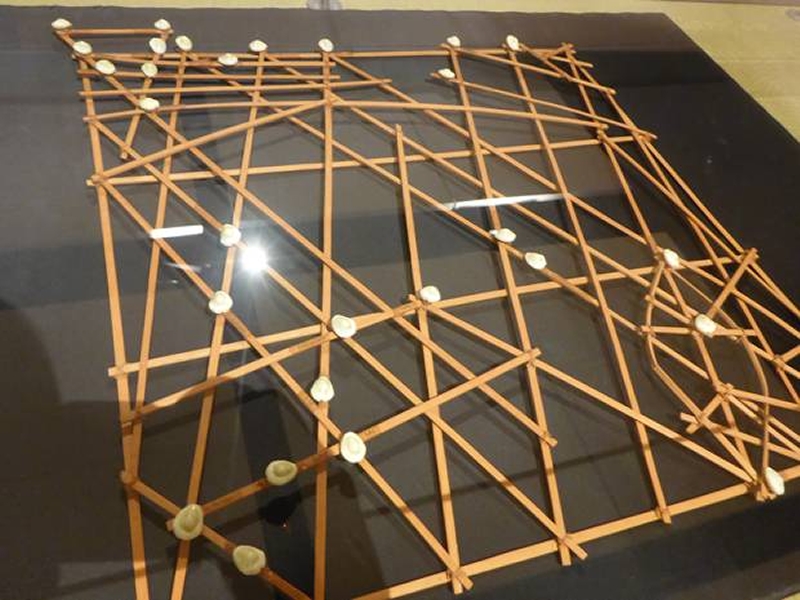
This discovery of their knowledge proved that the historical movements of people from south-east Asia to the Pacific islands and New Zealand were intentional and well planned and not random mishaps as once thought.
I wonder what Cook would think if he could see and was to know of the history of settlement and the conflict with the indigenous people that has brought us to the present day since he opened up the South Pacific.
His death was part of this conflict, a culture clash between people who freely share most of their possessions for everyone’s enjoyment and a culture which values and claims ownership over theirs. We discovered for ourselves that the term ‘theft’ does not appear in the language of the Fijians for example but Cook’s temper had been exacerbated when the thefts comprised instruments the navigators needed for navigation and surveying.
While this tragedy was unfolding and unbeknown to Elizabeth, his wife and mother of their six children, she was awaiting his return and embroidering the tapa (bark woven cloth) he took home from Tahiti, ready to make it into a court waistcoat for him to wear in King George III’s company. You can see the intricacy of her work reflects the affection she held for him.
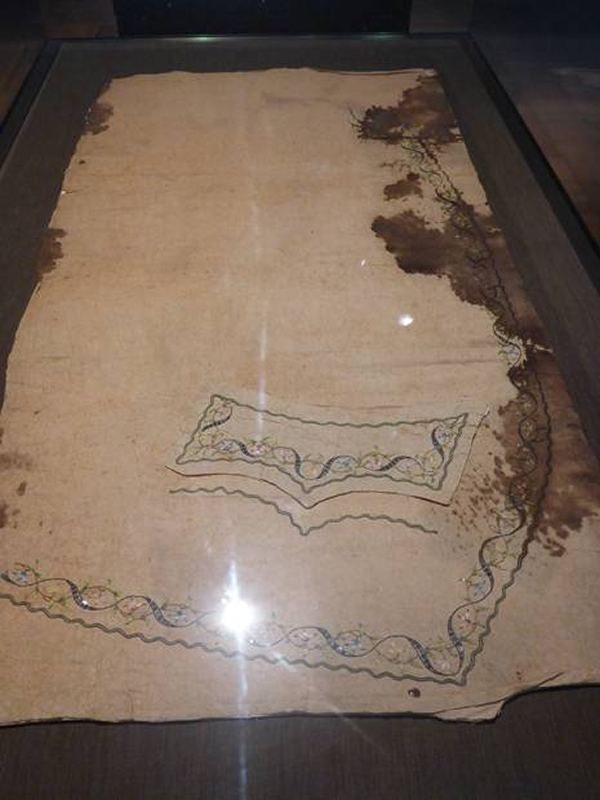
Doubly poignant for this devoted couple was that he died on Valentine’s Day, 240 years ago almost to the day of our visit.
It was a moving and well laid out exhibition and we were so fortunate to be there at the time. We had heard that booking was essential but maybe they organisers over-estimated the level of interest they would get as there was no need to book on either of the two occasions we went.
Another exhibition we were fortunate to see just before it closed was about Heath Ledger at the National Film and Sound Archive. Photography was not allowed but I can tell you he was not only a fine actor (famous for his part in Brokeback Mountain) but also a talented photographer, champion chess player and he thoroughly researched many of the acting parts he played. He was a live wire full with talent and skill and forever working hard. His family contributed many of the exhibits.
A Day with Tyronne Bell, An elder of the Ngunnawal Nation
We sped along the Tuggeranong Parkway towards the Namadgi Visitor Centre, Rob and I perched on the rear side seats of the white UT you can see parked beneath the Telstra Tower on Black Mountain and Tyronne driving while at the same time telling us about himself and his struggle for recognition of his nation within the conservative white man’s (bananda) corridors of power in the nation’s capital.
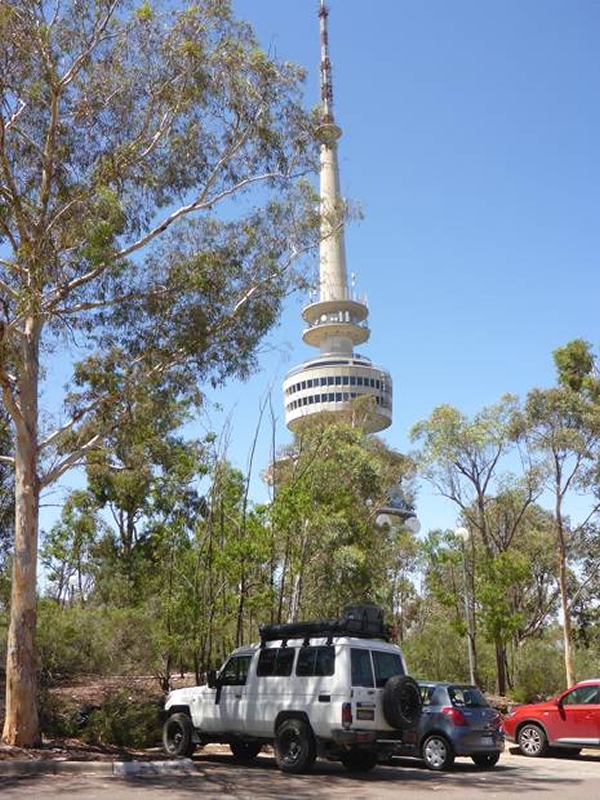
Tyronne’s great grandmother was a native princess who met an English explorer whose name eludes me. This gentleman told the princess he could not have children, however his untruth was revealed when she gave birth to Tyronne’s grandmother. In time Tyronne’s mother was born just as the first white men and women started arriving with cases full with missionary zeal.
This young girl was one among the thousands of aboriginal (bininj) children taken literally from their mothers’ arms and raised the European, mostly British way in missions many miles from their homes. ‘The Stolen Generations’ they became and this misguided form of ethnic cleansing continued until well after I was born. Eventually Tyronne’s mother went back to her tribal lands to find her family and when she did they didn’t want to know her as she was no longer seen as one of their family. Imagine the heartbreak.
The historic destruction of existing populations and cultures by invading colonialists in favour of European religions and social and political systems is a characteristic of the migration from the crowded Europe to the rest of the world, isn’t it, and Australia is no exception. As we are learning more by the day the Aboriginal culture of Australia is now thought to have been in continuous existence for over 80,000 years and they have much they can teach us about environmental management for example.
During times of year when the undergrowth is moist aborigine farmers conduct cool burns which can be easily stopped and burn just the undergrowth leaving the trees unharmed and with blackened trunks. This allows animals to escape and means they never had to endure the massive and destructive fires that have become a part of modern day life.
We had arranged a visit to Namadgi to take a short walk in ‘Country’ with Tyronne and visit the Yankee Hat Rock Art site. The weather had been unusually hot and dry and was getting hotter as we parked the vehicle and Tyronne told us about some of the plants in the visitor centre garden and their aboriginal uses in medicines, cloth making, weaponry, food and the grass straw that Rob is blowing creates a whistle that attracts snakes so they can be killed and eaten.
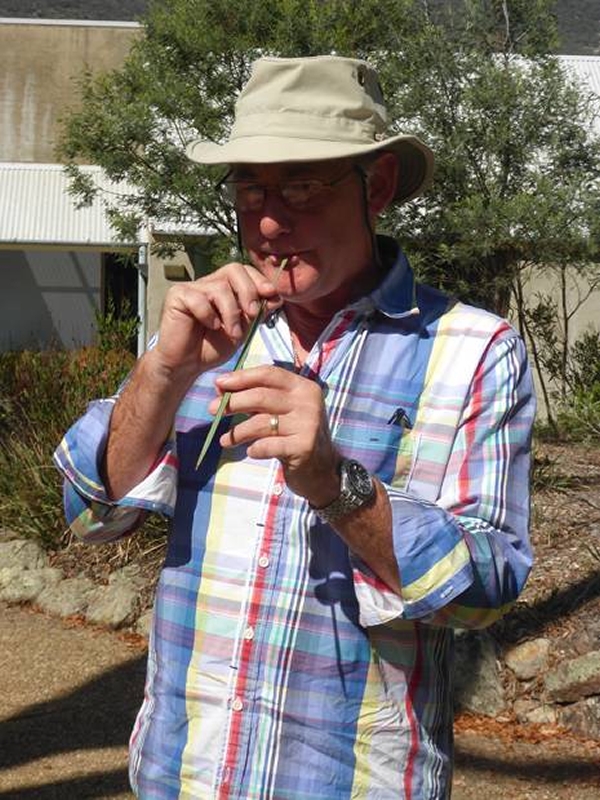
Tyronne had explained that despite the fact he was taking us to a National Park on his nation’s land he had to collect a gate key from the office before driving to the rock art site. Although title to many areas of land distant from Canberra has been given back to the rightful owners the government then passed a law that says Aboriginal business cannot be run on private land. So the National Park land had to be leased back to the Australian Government in order that the aboriginal clans can run the Parks. But here white people were running the Visitor Centre and Tyronne did not possess his own key.
“I’m really sorry but the park is closed due to the risk of fire so we cannot let you in today. I was going to phone you as I have your number but …..” I could feel the tension and frustration this caused Tyronne. He now had to rethink our day in a situation that was out of his hands. He had sensed we were passionate about the state of modern day aborigines so we set off for a short walk near the Lanyon historic homestead to see two cut trees, the bark of one tree would be carefully peeled off and used as a canoe and the central vertical layer of the heart of the other trunk would be made into a shield.
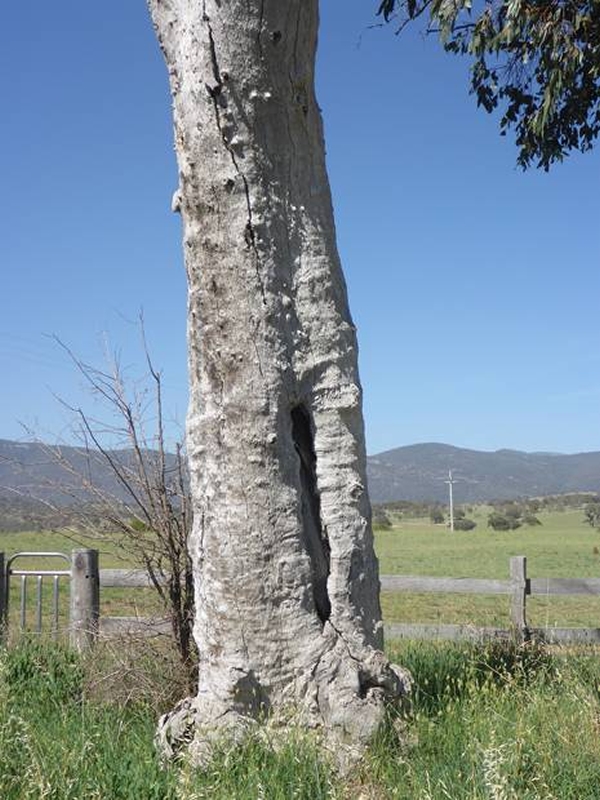
We talked all the while about how funds destined for the use of Aborigines on their many projects to restore their nation are often misdirected and disappear and how when the Canberra government want advice about aboriginal affairs they go far afield and avoid using the wealth of knowledge that is right beneath their noses.
The day was dry and hot and the ground dusty and hard as we walked to the Lanyon homestead where we joined a tour with a family of grandparents and two grand-daughters.
We had already looked at homesteads and this is not what we wanted for the few precious hours we would have with Tyronne, so I asked if we could move on to our next destination, the arboretum. A relatively new venture in Canberra’s desire for a place of excellence on the world map the reason we went there was to see the garden designed and created by Tyronne and his team with the help of an English designer who has worked on both Chelsea gardens and designed for the Queen.
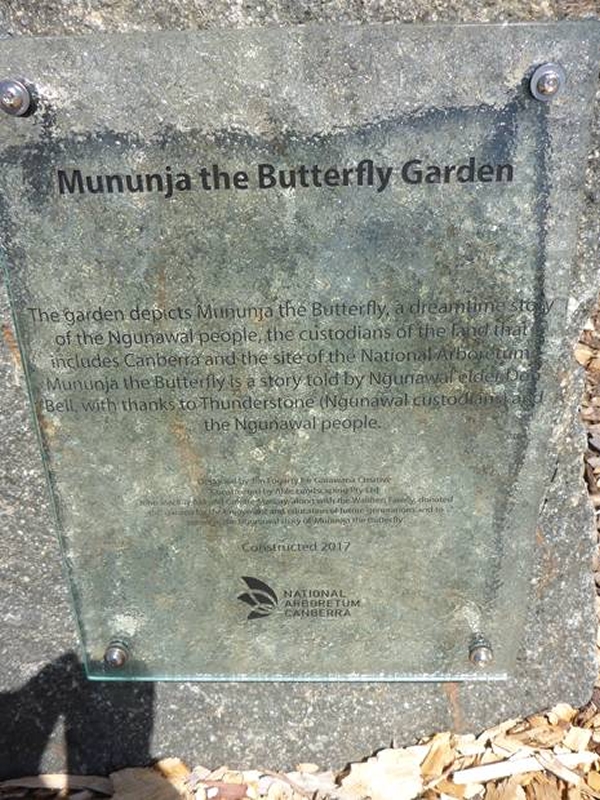
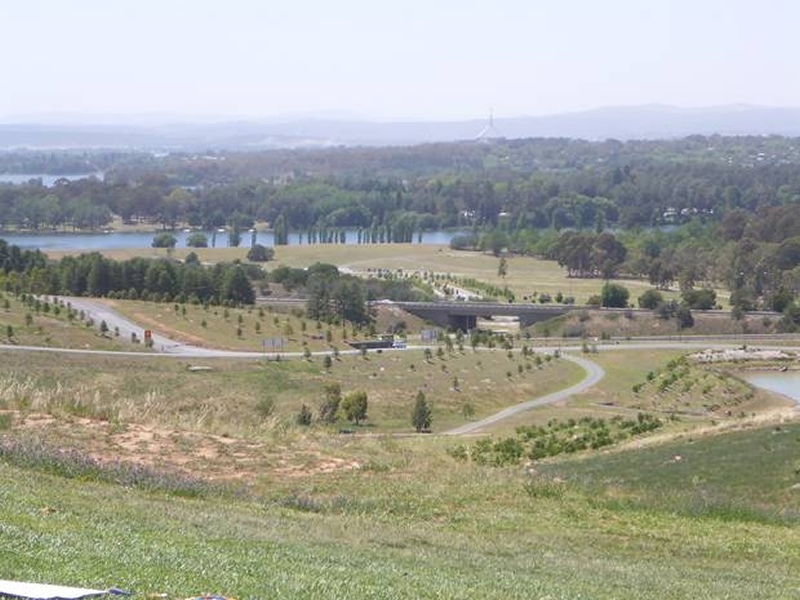
“Ah you’ll soon be asked to design a garden for the show Tyronne” I said quite seriously.
When we were in the National Museum of Australia the day before we had found Tyronne was very prominent and while he declined having his photo taken on the day I had fortunately got one in the museum along with some of his words and symbol descriptions you see in the pictures by his uncle Wally, both great advocates for their people. Culturally the aborigines are finding success and retaining their beliefs and way of life in many ways because many non-native white Australians and visitors are genuinely interested in these modest but fascinating people.
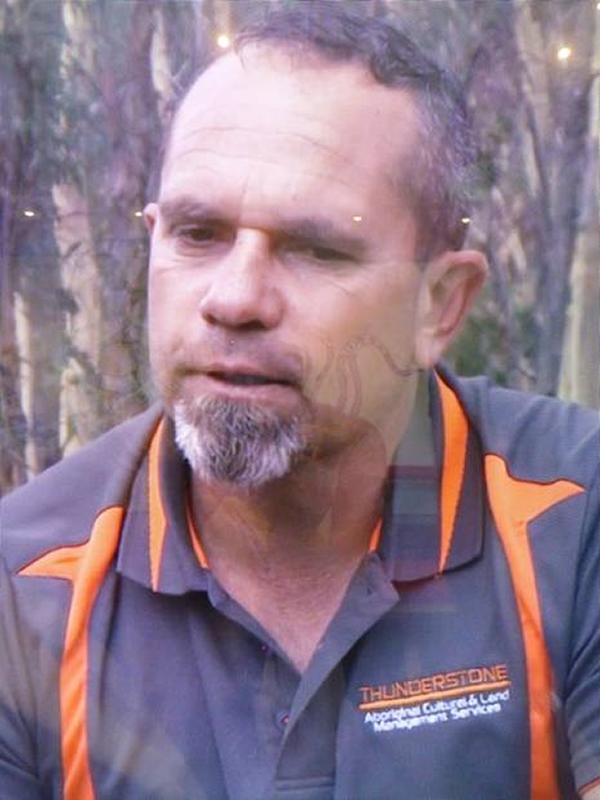
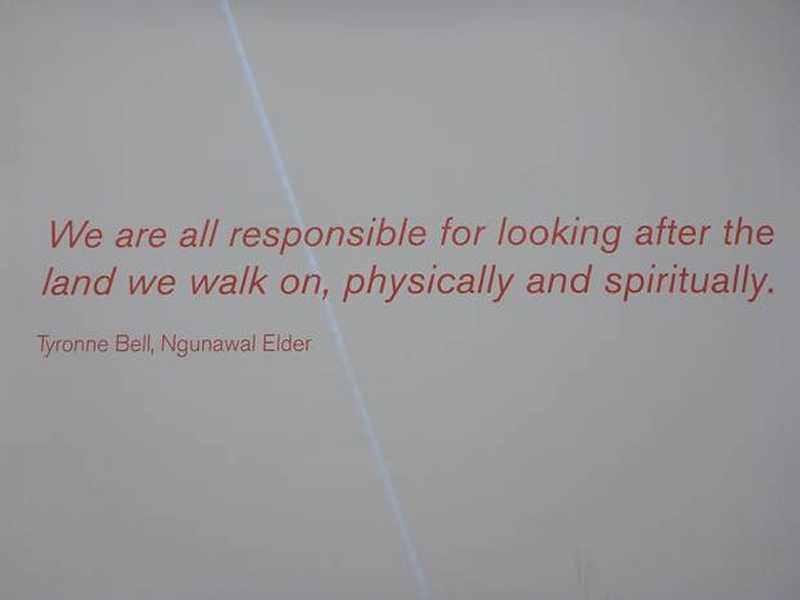
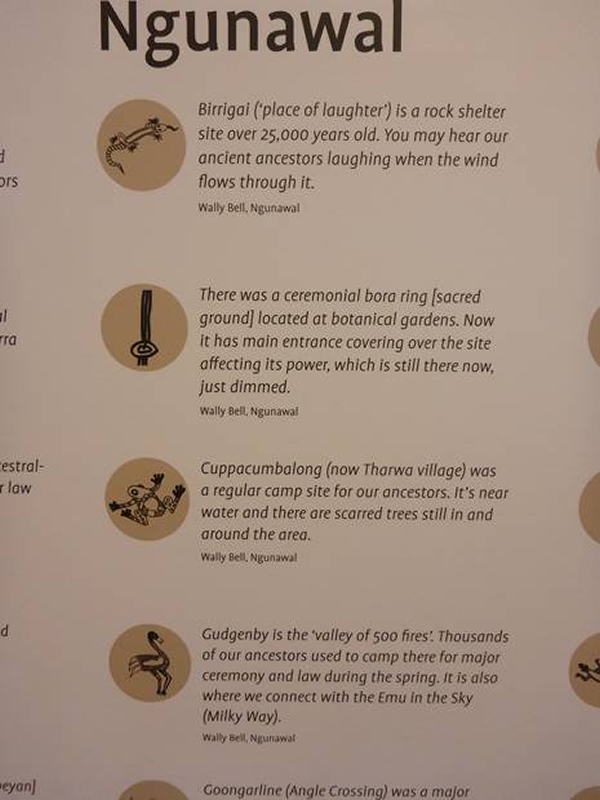
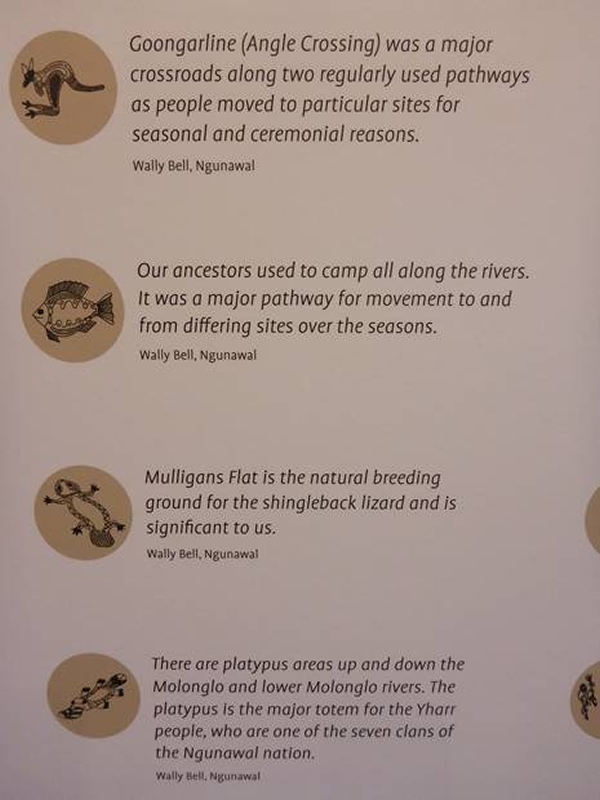

The little garden is laid out like a butterfly shaped in grass. “Better seen from the air would you think?” Rob asked. Tyronne had to negotiate hard with the management of the park, who are generally suspicious of him, to let him fly his drone over it and take some photos.
From there we moved on to the Black Mountain with the Telstra Communications Tower on the top. A sacred place where the spirit people live amongst the rocks. “We are the people of the rocks,” he explained. “This is the meeting place of the men where we have always met to entertain visitors, discuss all matters national, celebrate, initiate our young men into adulthood and bury our dead.” The tower was built without consent and in the process bones of the ancestors, when uncovered, were secretly disposed of so the building process was not delayed.
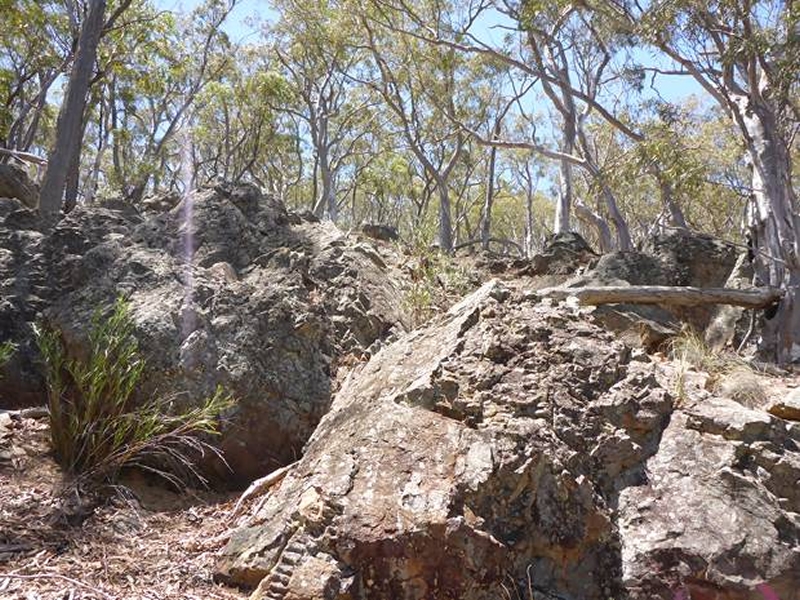
I reflected on how for decades in the UK archaeologists survey and study sites of previous occupation for posterity and very publically, think Matthew Flinders coffin found at the new Euston Station site, and then treat any remains with due respect.
“I am arranging a meeting with the Telstra management,” Tyronne went on to say, to find ways of righting some of these wrongs and working together for the future. I hope they listen and agree because such unions can be very beneficial to both sides. Telstra’s public relations could be advanced along with a greater understanding of Bininj history, rights and beliefs.
We set off on a two hour walk around the mountain just below the tower in 39’ heat, wearing our faithful hats and sunglasses long sleeved tops and trousers as protection from the sun and biters. Fortunately we stopped frequently so we could learn more. Across the plains were other mounts and Tyronne pointed to the womens’ meeting place from which men were excluded and where apart from the obvious communal and domestic activities, women gave birth with willing and experienced hands to help them.
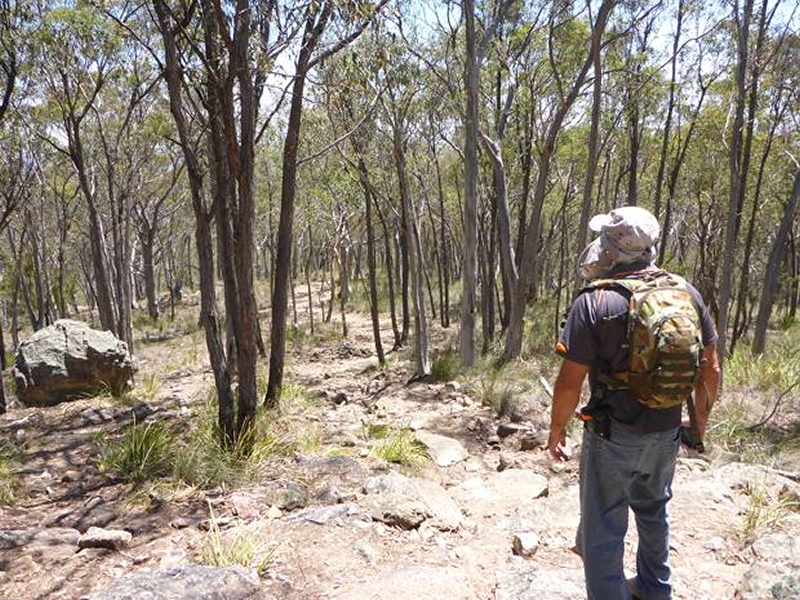
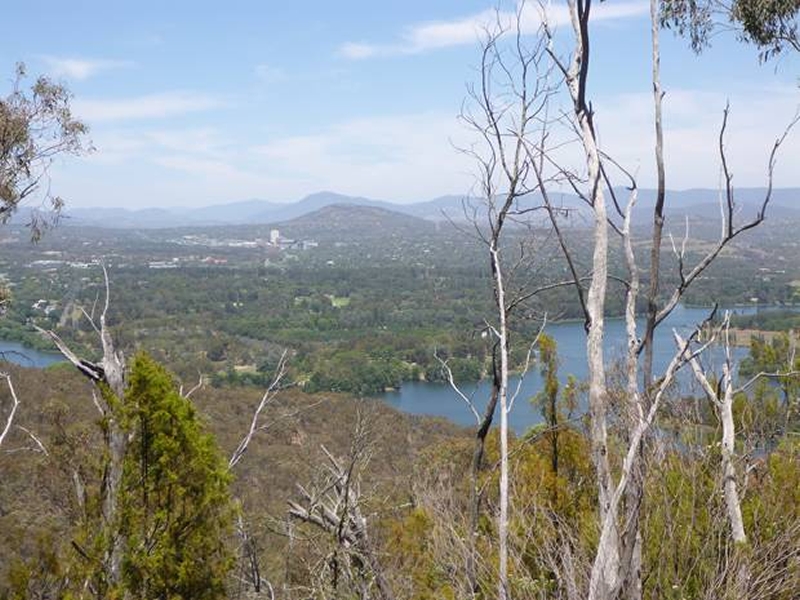
Hundreds of clans would gather together on the shores of the Molonglo River on the flat limestone plains. Their meetings peppered with feathers of smoke rising from cooking fires. Noisy, colourful days filled with activities including ceremonies, feasts, dancing, marriages using their sophisticated arranged marriage methods, (more about that later) and so on.
We stood with Tyronne looking down towards modern Canberra which is built on this ancient meeting place and we saw freeways, empty areas of sculptured park and introduced trees (5 million according to Michael our tour guide in the culture bus) bold, grand civic buildings, expressions of colonial success and power but we failed to see any evidence of community, instead numerous middle class suburbs where the well healed and government employees lived in material comfort and voluntary social isolation.
I wondered if there was anyone in Tyronne’s family who would be carrying on with his good work. Just in passing we had mentioned we visited the Cook exhibition and Tyronne asked if we had seen his son doing one of the welcome speeches on a large vertical video screen to the right of the entrance. The person we saw was too old to be his son so the next day we went back to the library to investigate and see the immersive light and sound experience film showing some of Australia’s natural beauty through the eyes of Joseph Banks. Sadly only the second half of the film was about Joseph Banks but it was enjoyable.
What we did see was his young son giving a warm welcome to all-comers so I took the photo for you to see.
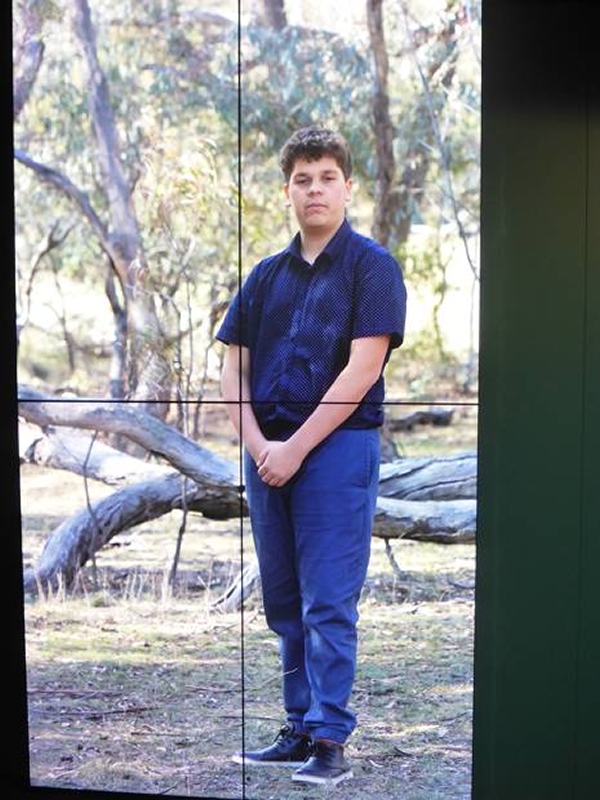
We had mentioned to Tyronne that we would be back in Zoonie towards the end of the year and he suggested we keep in touch so that next time he will take us onto his National Park and show us where and how his family and clan have lived for thousands of years. We welcomed the invitation and in parting outside the YHA he pleasantly surprised me with a kiss and hug goodbye.
Full to overflowing with what we had learned that day, only the essence of which I have written here, tired and sweaty we both had cold showers and then ‘broke back’ and ‘crook foot’ hobbled around the corner to Shorty’s Bar for some contradictory White Rabbit dark amber ale and tasty supper before losing ourselves in a good night’s sleep.
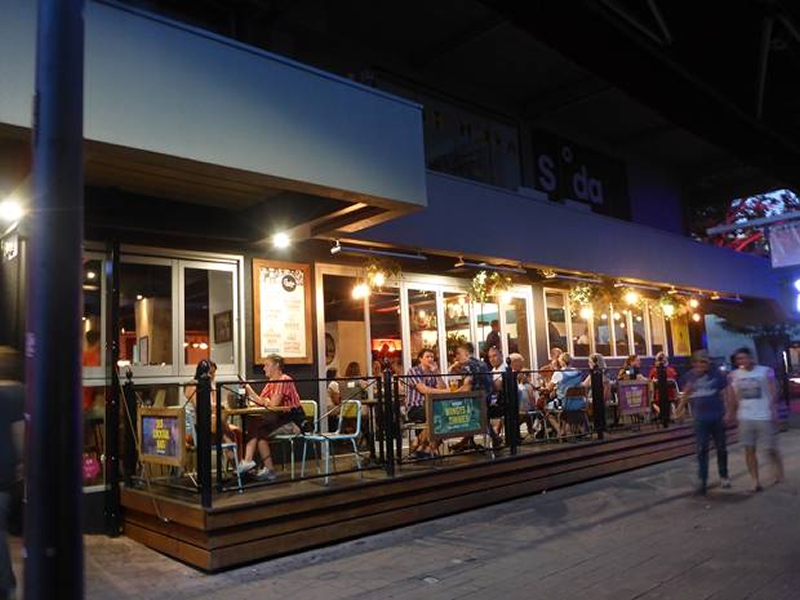
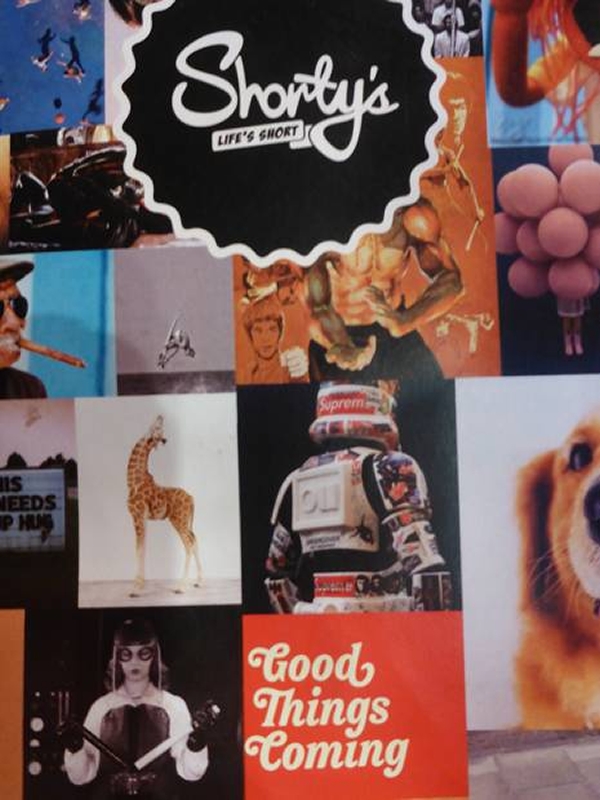
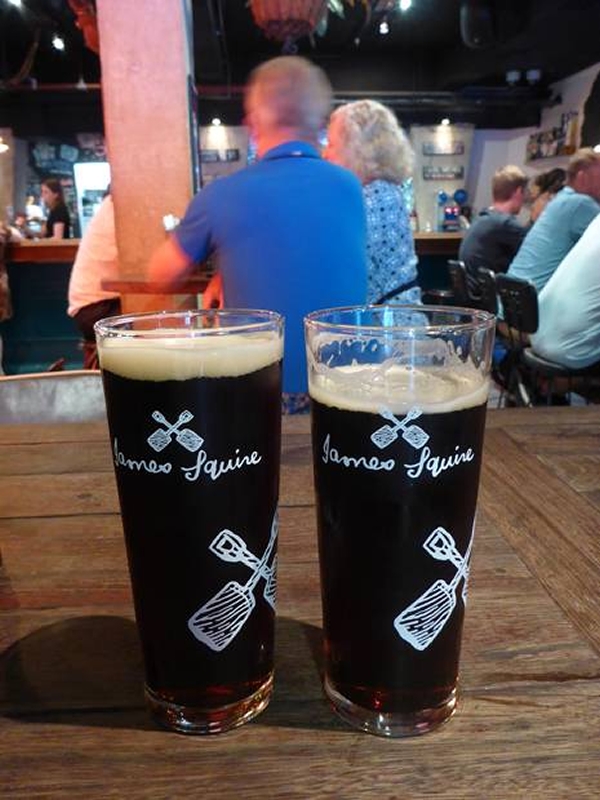
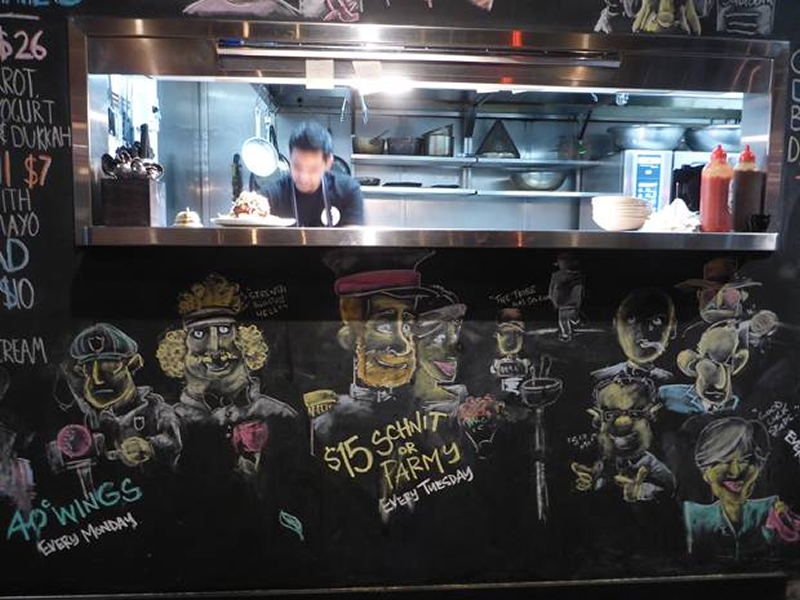
Down to Earth and at Pavement Level
Essential on today’s itinerary was a tour of the new Parliament house, set above the rest of the city, the tip of its flagpole being the highest man-made point. I will let the pictures tell the story.
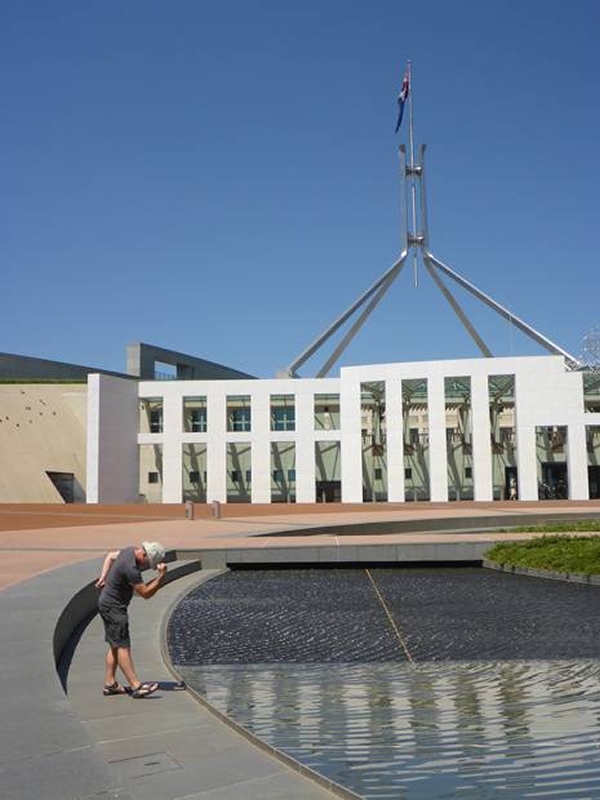
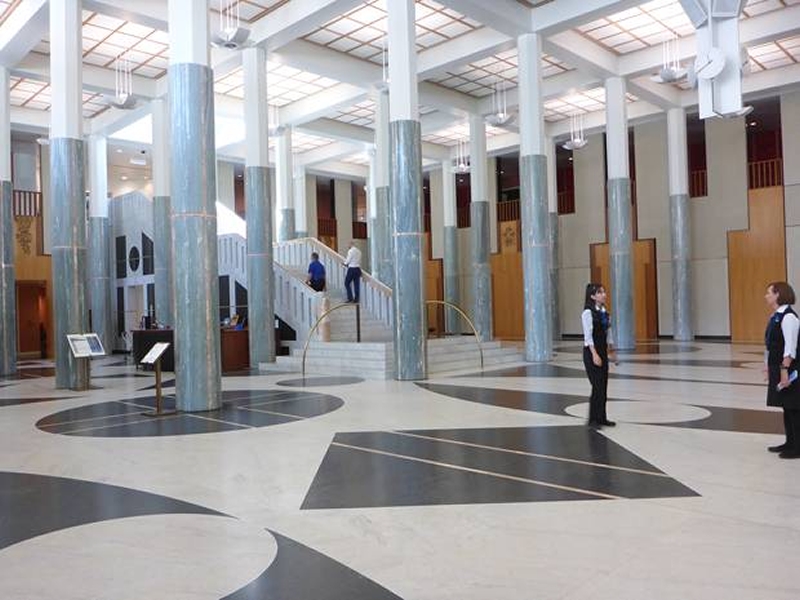
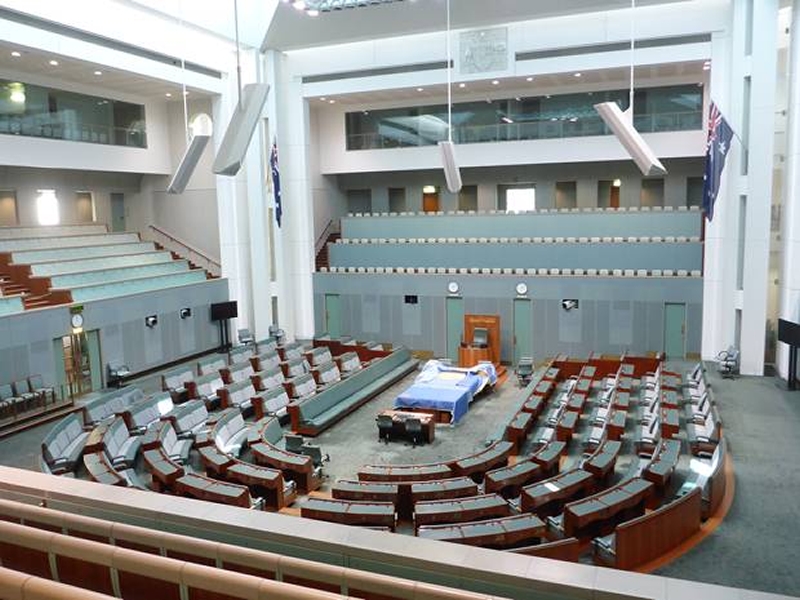
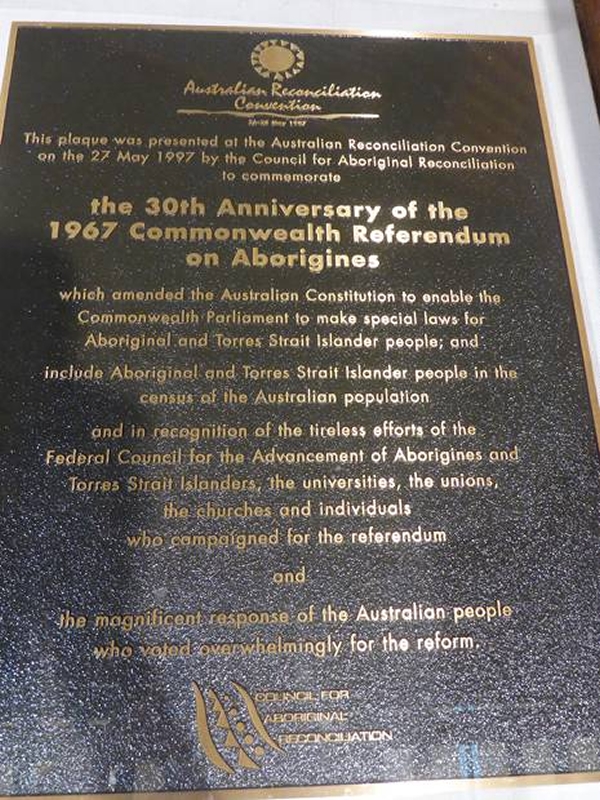
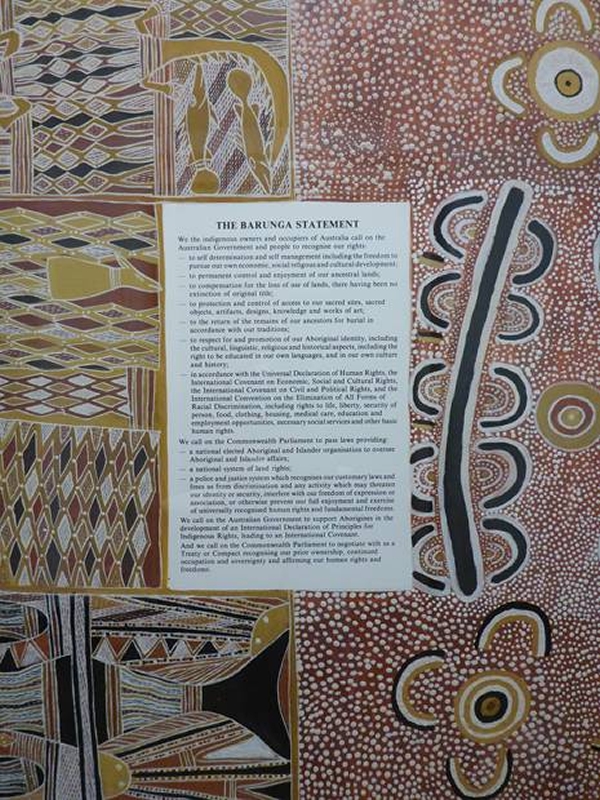
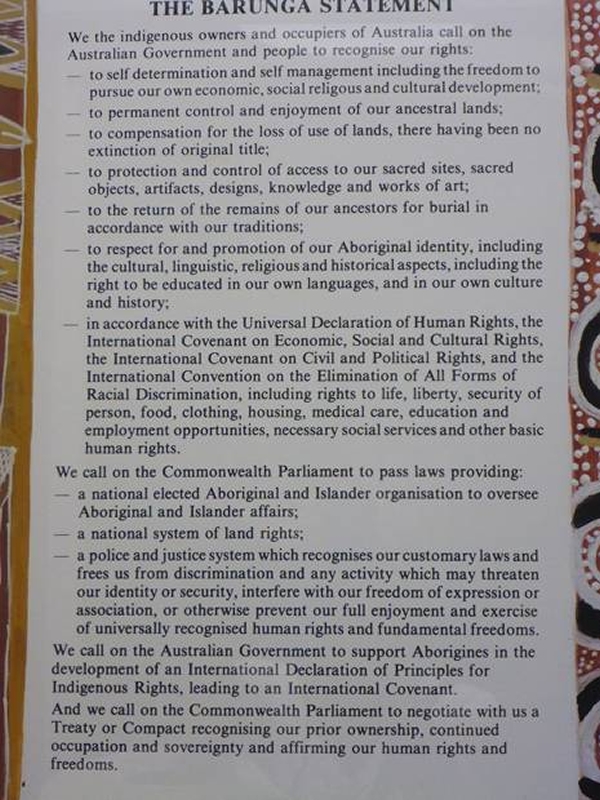
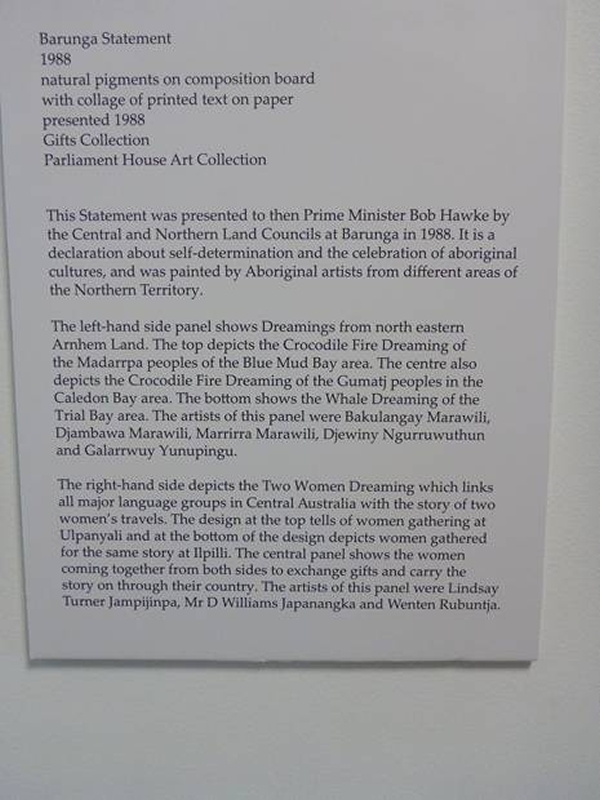
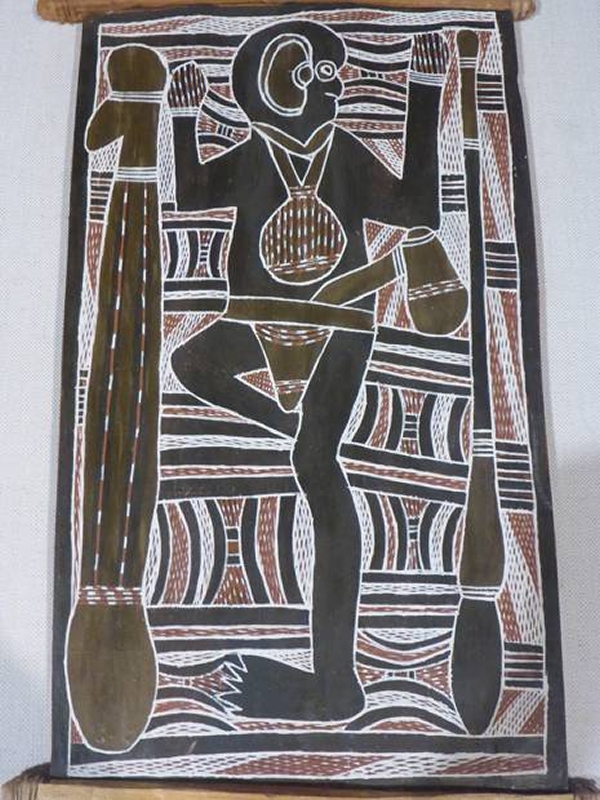
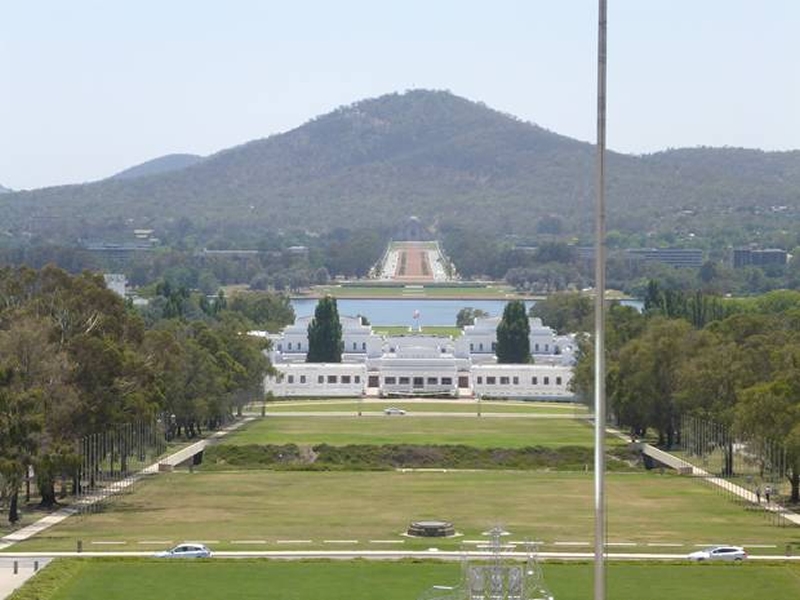
Remember I mentioned how the Griffin’s designed the city’s axes to line up with significant natural landmarks. Well the hill in the distance is sacred to the Aborigines an the distant building was to be a casino for the enjoyment of the people, instead the powers that be made it into the War Museum.
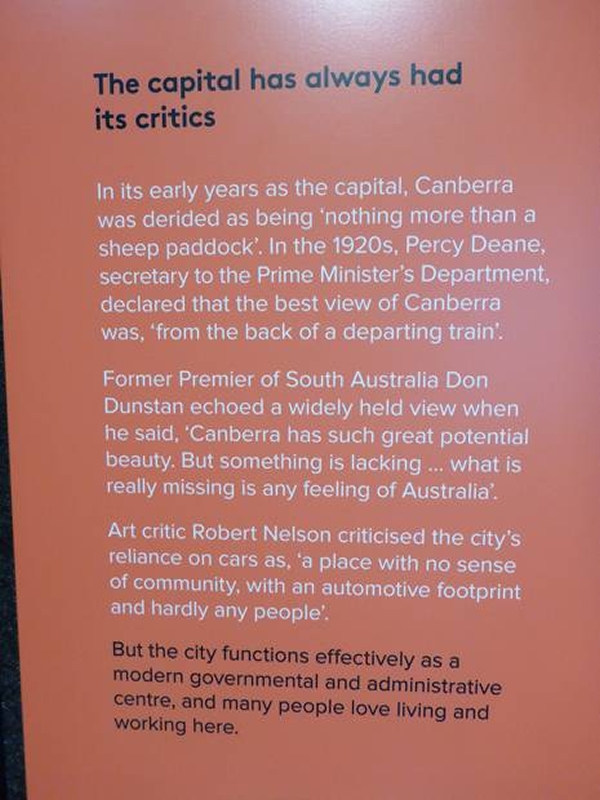

The Visitor Centre at Regatta Point is one of the most pleasant places to spend some time in Canberra. On the outside and nearby is the Cook globe, carefully marked with his three expeditions, at the front of which we posed with our bikes and set just into the Burley Griffin Lake is the Cook Jet Fountain. On approach to the centre is an area where people with grievances or with an insight into a part of the world they would like others to know about can display their billboards of information.
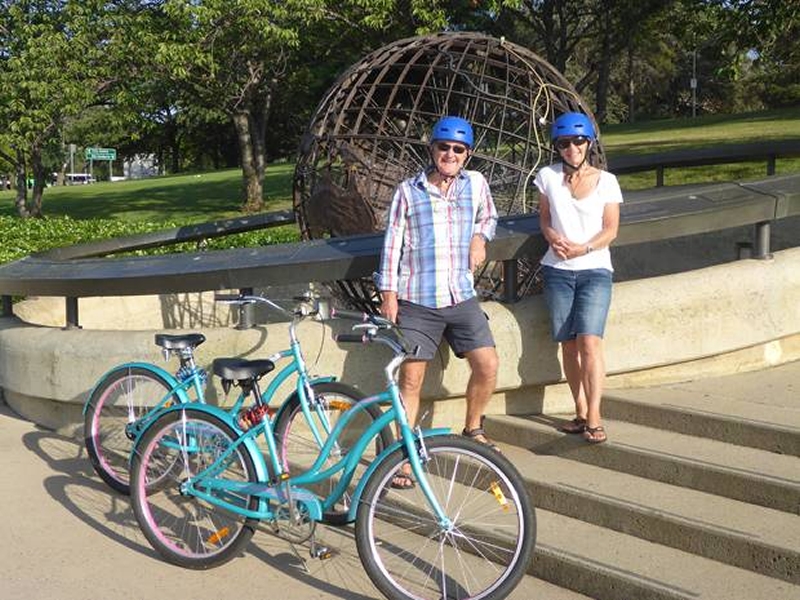
If they could walk around that area now I think the Burley Griffins would be pleased, they would have found a place where ordinary people matter. I know I have mentioned this before; a local person with a passion for their home and working in a visitor centre is a gem and we found one such treasure here in the form of an elderly gentleman who took the time to show us lots of things at the centre before letting us loose.
If you read about the BG’s who won the design competition for the new capital city over a hundred years ago now you will see that due credit is given to Marion for her profound contribution to the task whereas in other places she is not mentioned. I Googled the couple with reference to their ideas for the new capital only to find that after the initial use of their basic design most of their subsequent ideas which were egalitarian and faithful to the democratic ethos were replaced with grandiose statements of political power and superiority and after much argument Walter ended up as one member of a committee instead of spearheading the team.
I wonder what Canberra would be like today if their ideas had been carried out to completion. The capital looks to the outer world for recognition and inclusion as the beating heart of Aussie, they talk of how diverse and culturally rich is their society but that diversity only includes Aborigines in the written word and not daily reality and political life. From what we saw for ourselves and learned from Tyronne those in power are defensive when it comes to the Aborigines that live close by and have been shoved aside. It is the enlightened ordinary folk who see Canberra as it really is and our guide at the centre was one of them.
We spent an engrossing hour there and then enjoyed a cool wind down on the bus as it completed its circuit and returned us to its stand near our YH home. We concluded the great day of exploring with a second visit to our ‘local’ Shorty’s and prepared our minds for our planned early morning bike ride around the east end of the Lake.
The ever friendly and helpful young staff on the reception desk at the YH suggested we avoid the west end of the lake as there were some hills. Normally of course we wouldn’t baulk at the mention of a hill but mindful of our less than perfect physical condition and with the Ghan trip just a few days away we didn’t want to make matters worse.
Down in the basement at 6.30 the next morning, where we had been sent to choose our steeds I spotted a rather classy pair of turquoise bikes that had our names on them. We went back to reception to pay up and collect the keys, donned our helmets raised the bikes up on their hind wheels so they would fit into the lift, negotiated the windy ramp from the lift down to street level, crossed the road and got on board. Ooooh, no back pedalling but pressure backwards on the pedals braked the bike. That was a new one on me, could be interesting I thought.
We had been surprised at how few bikes are used around the area considering the wide pavements and cycleways. A big bike rental kiosk on the shoreside of the lake looked permanently closed and when we stood opposite a government office at a bus stop just before 9.00am one morning one in five employees arrived by bike, the rest by car.
It was still pleasantly cool with promises of temperatures in the 40’s later. Mr and Mrs BG were lovers of nature so they would have been delighted at how unspoilt is the east end of the lake. Cattle still graze the area and where the lake once more becomes the Molonglo River paddle boarders and canoeists exercise in the 18’ cool of the morning. There were other cyclists, very serious they were, and we had to keep clear as they raced past, a few doggy walkers but not many folk around. We stopped at a bridge over the river in the marshland reserve and a kind gentleman took our photo for posterity.

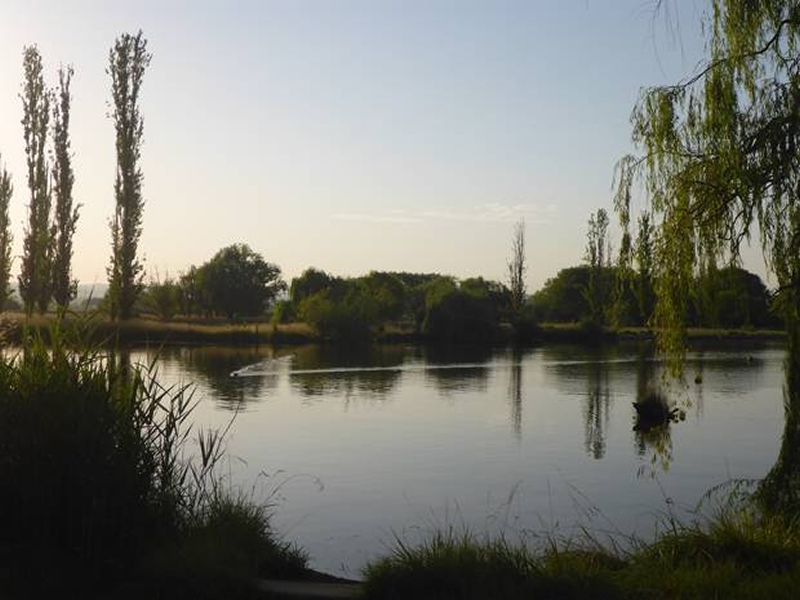
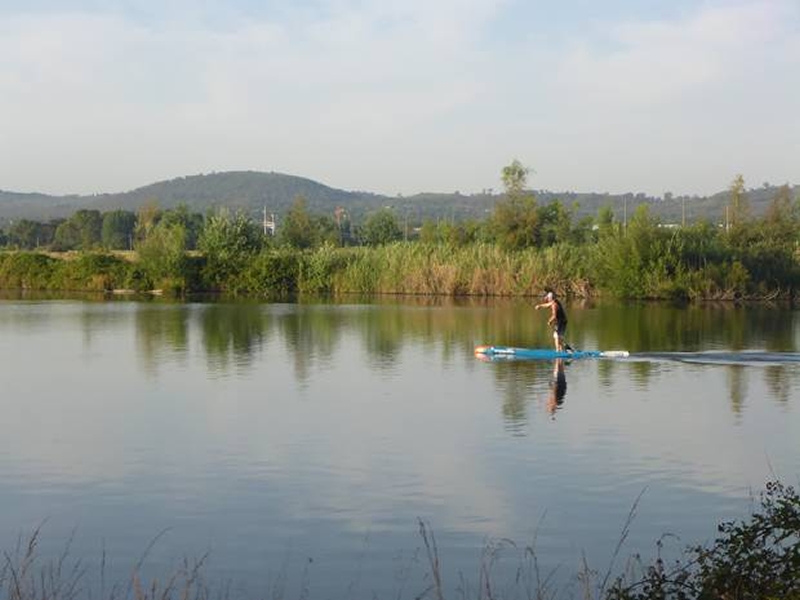
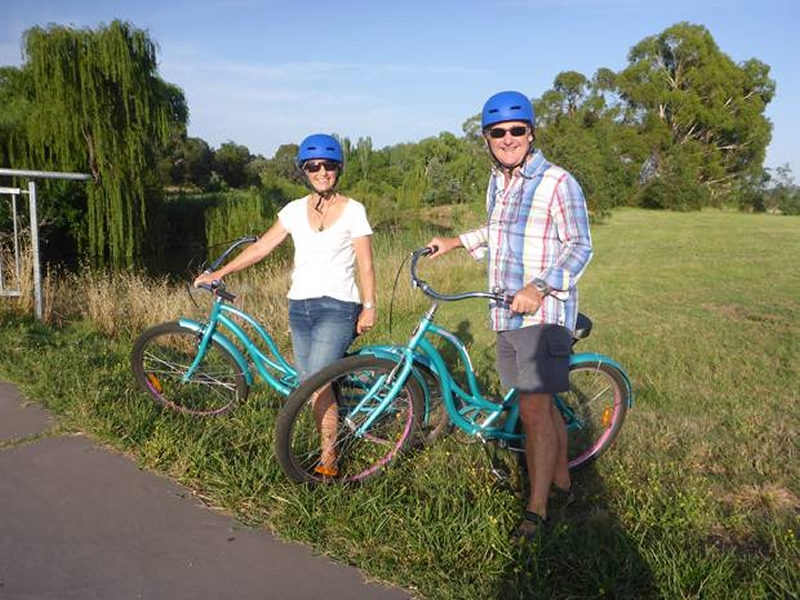
Then it was back to civilisation, an area of apartment blocks looking over the lake, a wide leafy lakeside promenade, the Library where we had explored James Cook’s expeditions then back over the main bridge to the city and into the pretty family oriented Commonwealth Gardens. The pond and the Pelican looked so attractive in the early morning sun and as I soaked up the lovely vistas and watched the pelican catch his breakfast I heard raucous sounds above me.
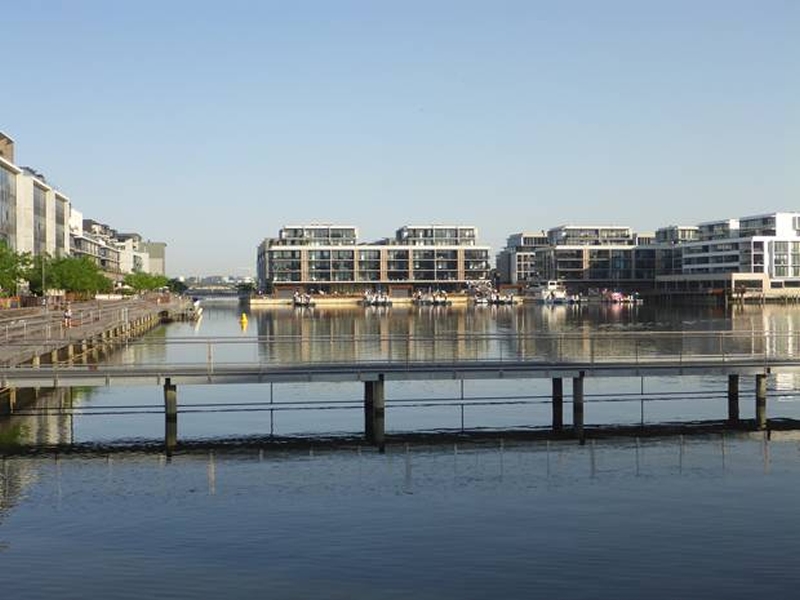
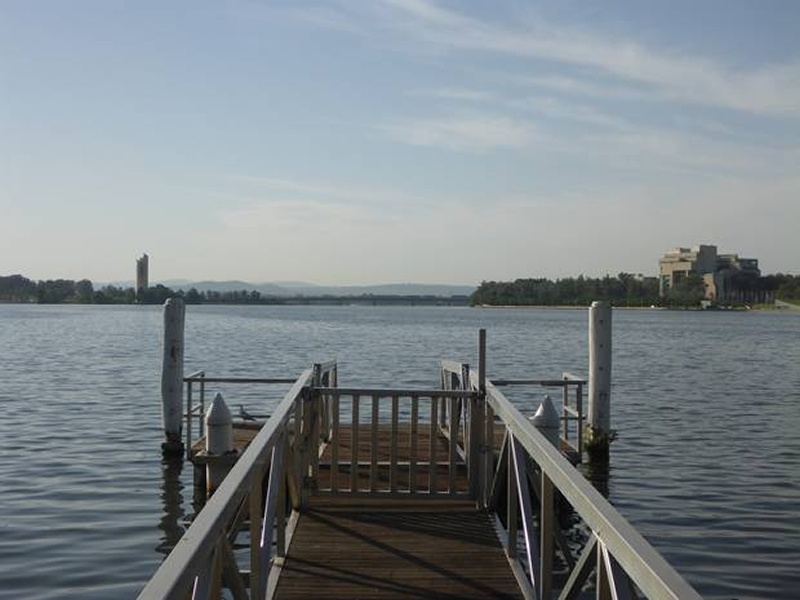
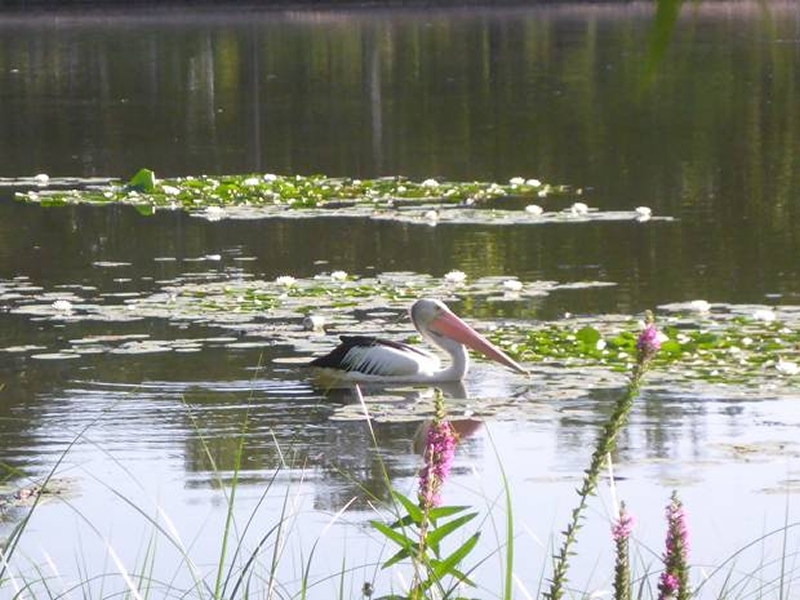
Fruit bats flying from tree to tree and hanging upside down like acrobats (!) in macs. Thousands of them, more than I had ever seen together except perhaps in Shoal Pass in Fiji. They were struggling with the heat and in places were dying of excess heat and falling out of the trees poor things.
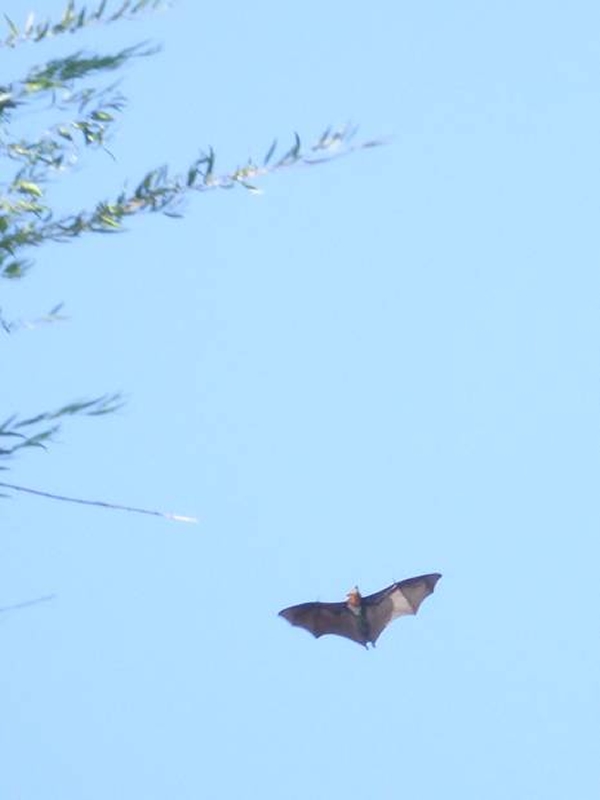
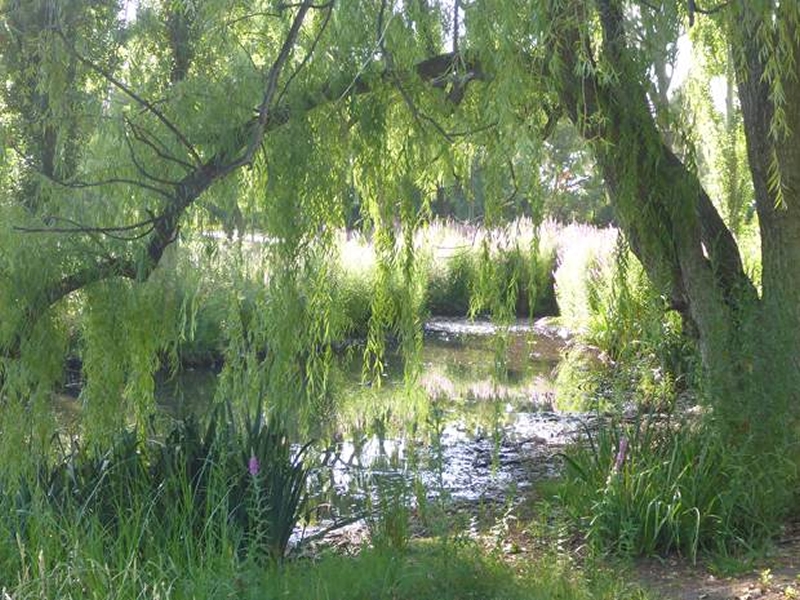
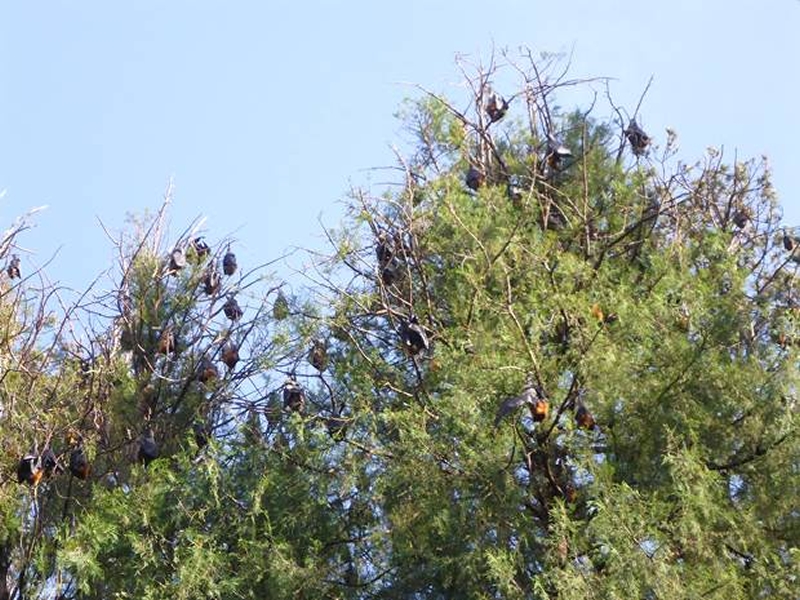
Our ride came to an end after two lovely hours and we returned our bikes before having a late breakfast and clearing out of our room, leaving our bags in store ready for our flight to Adelaide. But first just one more stop in the Capital, the Canberra Museum and Gallery.
Canberra does quirky quite well. Decades ago a man was given the task of designing bus shelters. There are still many in situ. They are made of concrete, rounded at the corners with little windows that have an annoying habit of popping out in a wind. Painted with attractive colours they have become a likeable part of Canberra life. So the designer then produced a series of acrylic paintings of them and they are on display in this museum. As is a collection of over 500 snow domes from all over the world on loan from a lady who needed some shelf space back, that’s what you do with a short history, display the mundane and trivial.
Also on display was a selection of art works by Sidney Nolan, particularly unusual and pertinent are the carcasses. At the time of our visit and due to the heat and climate change, waterholes, billabongs that have always held water are drying up with the inevitable fatal effect on the animals.
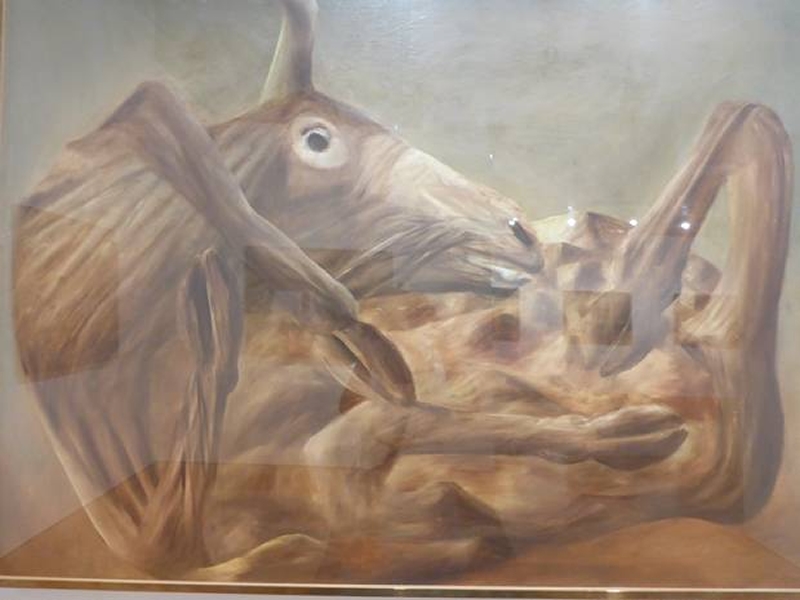
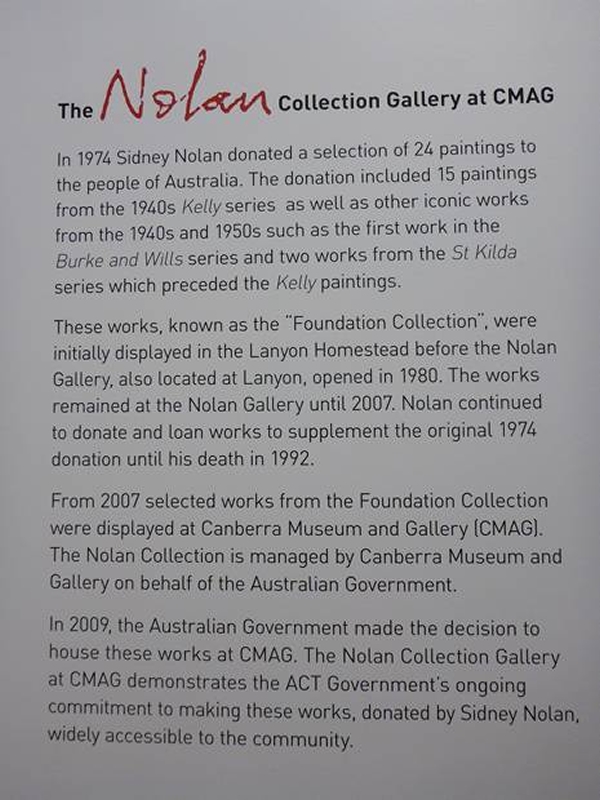
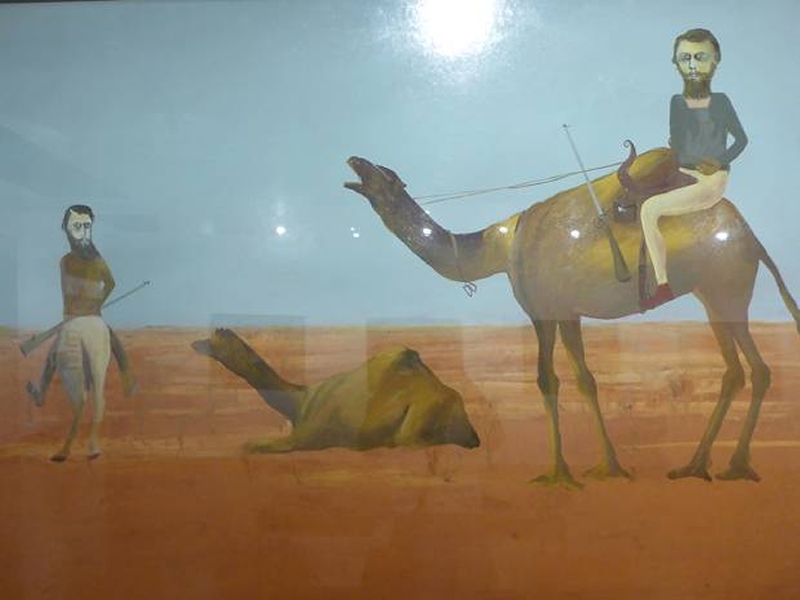
We relaxed in the lounge of the YH awaiting our taxi to the airport for what turned out to be a very bumpy flight to Adelaide.
